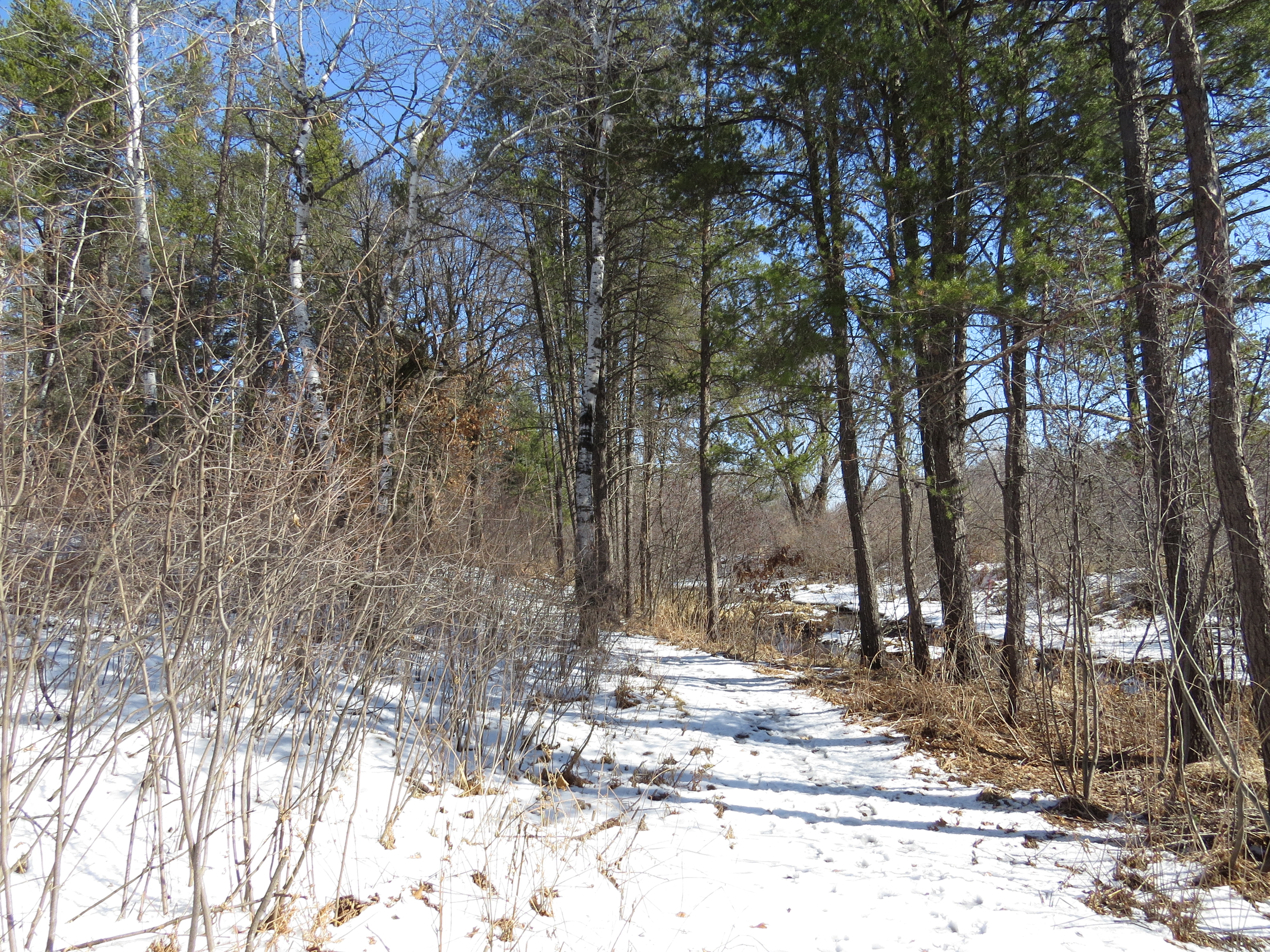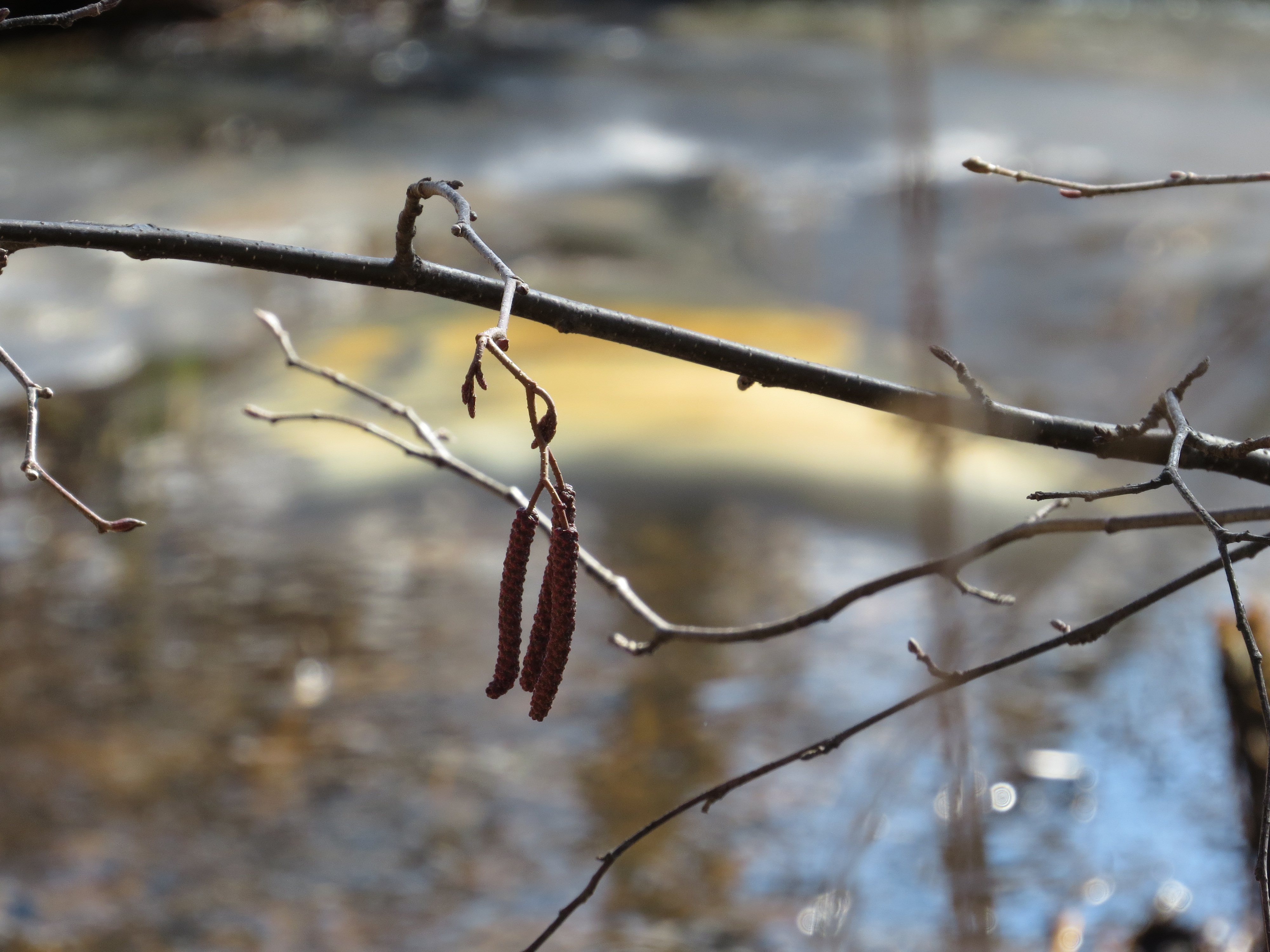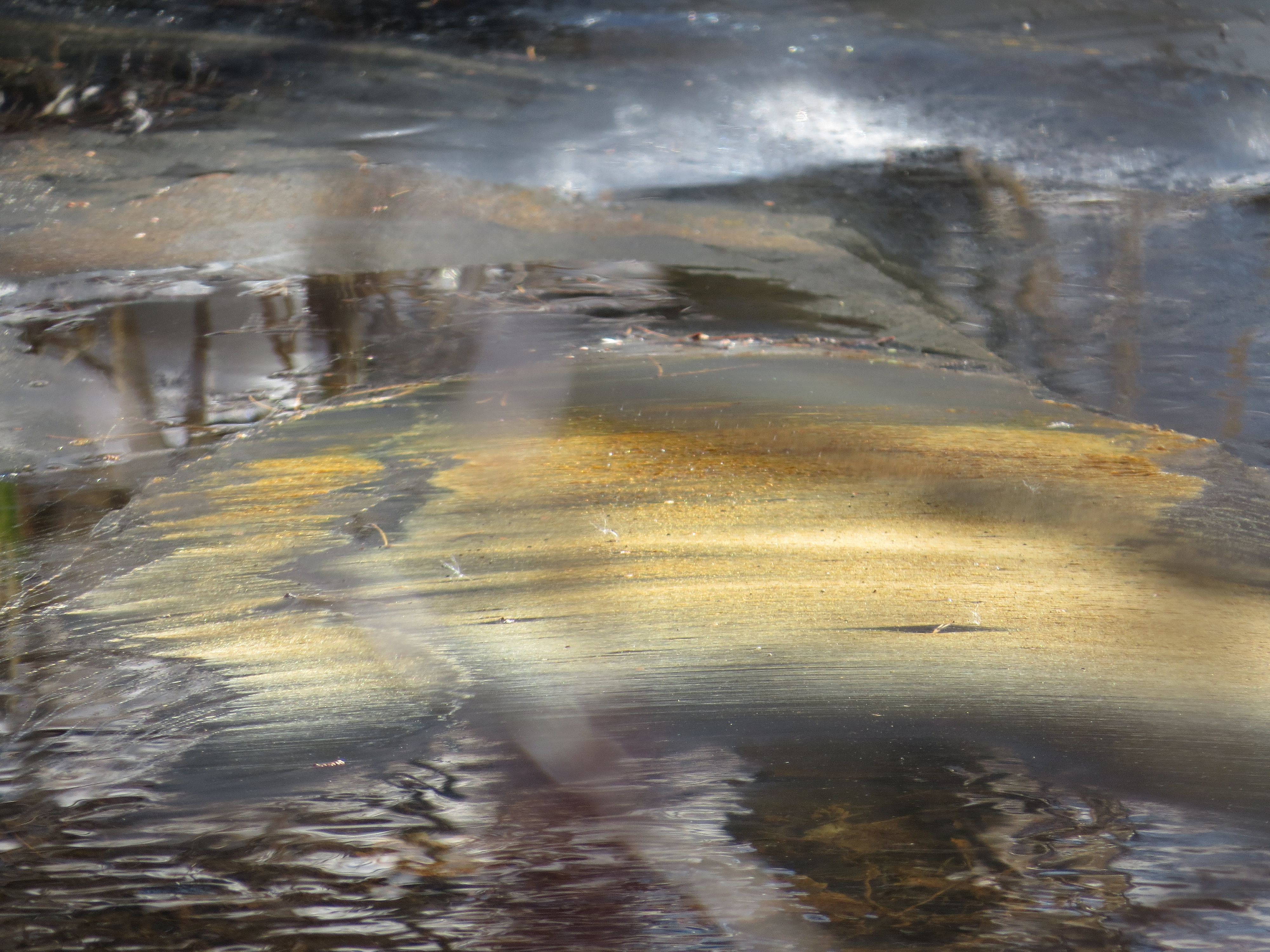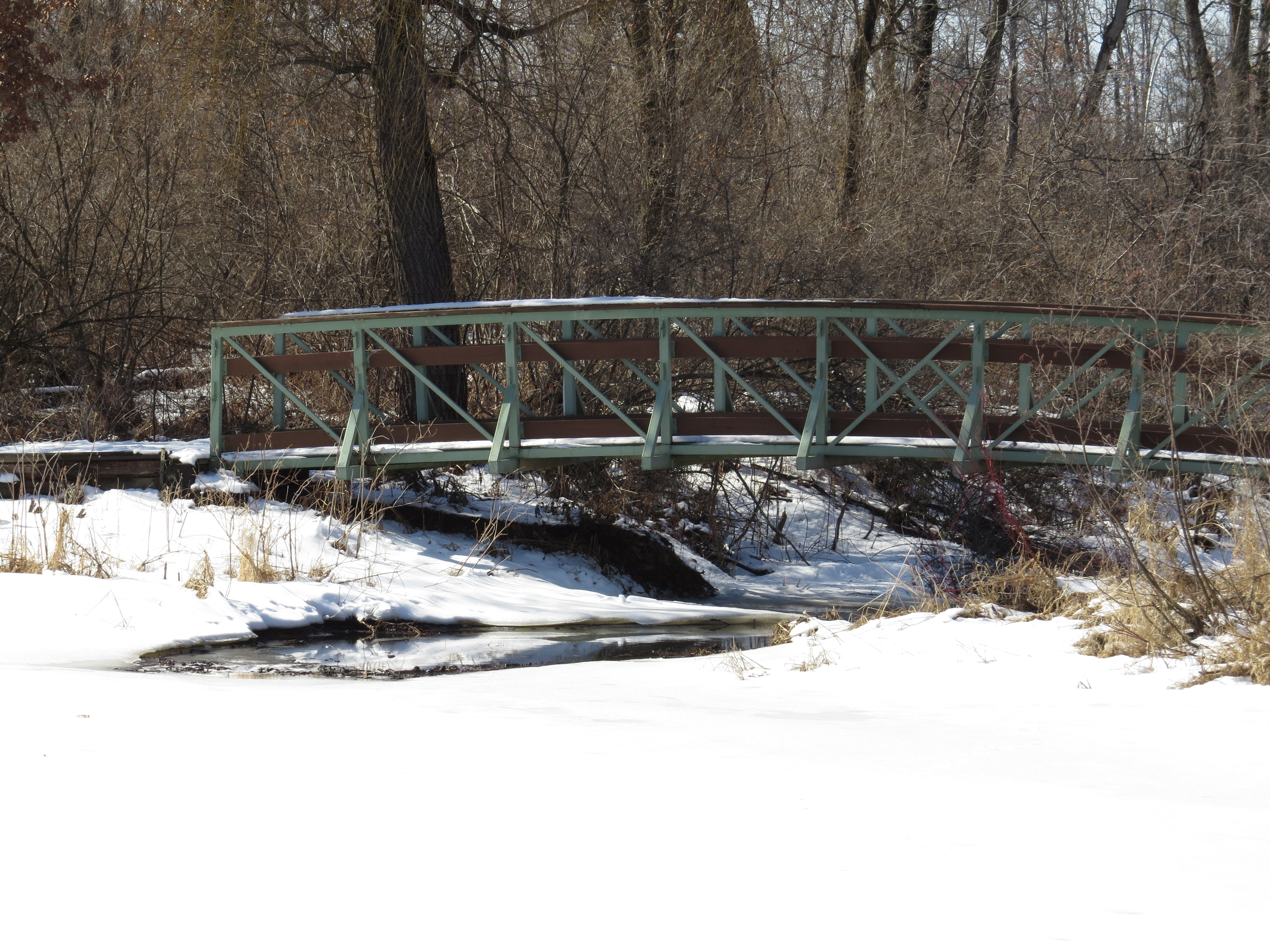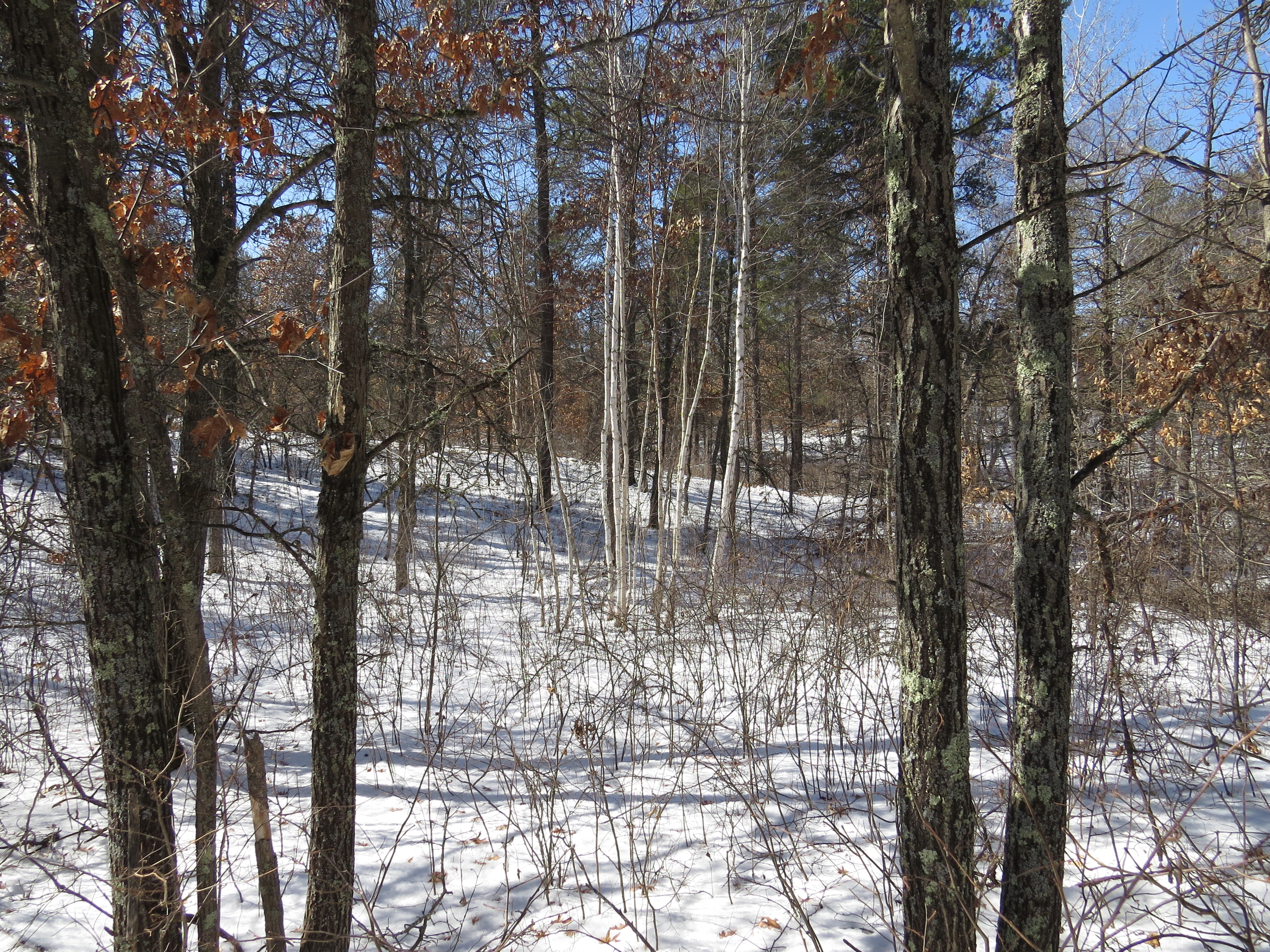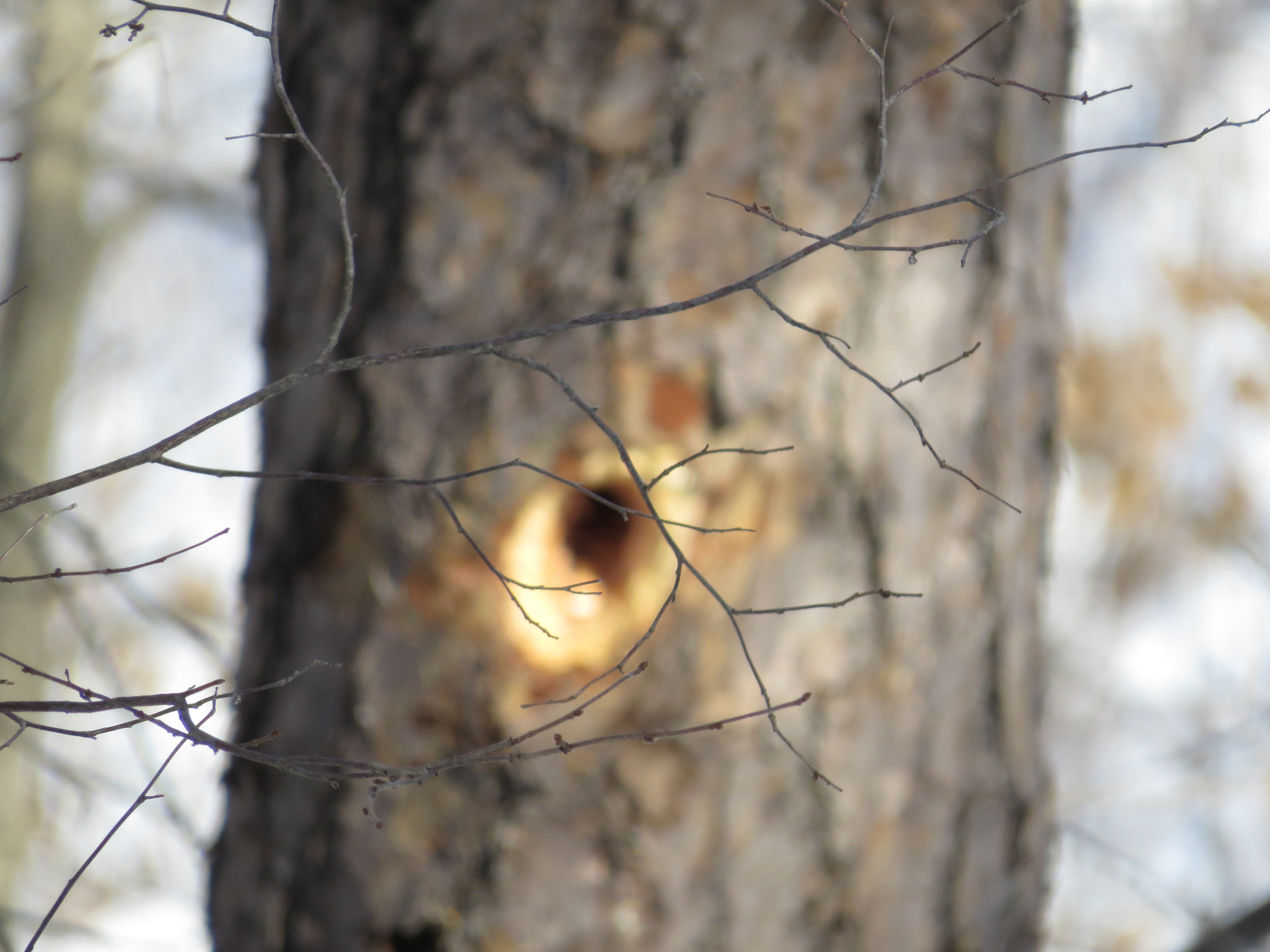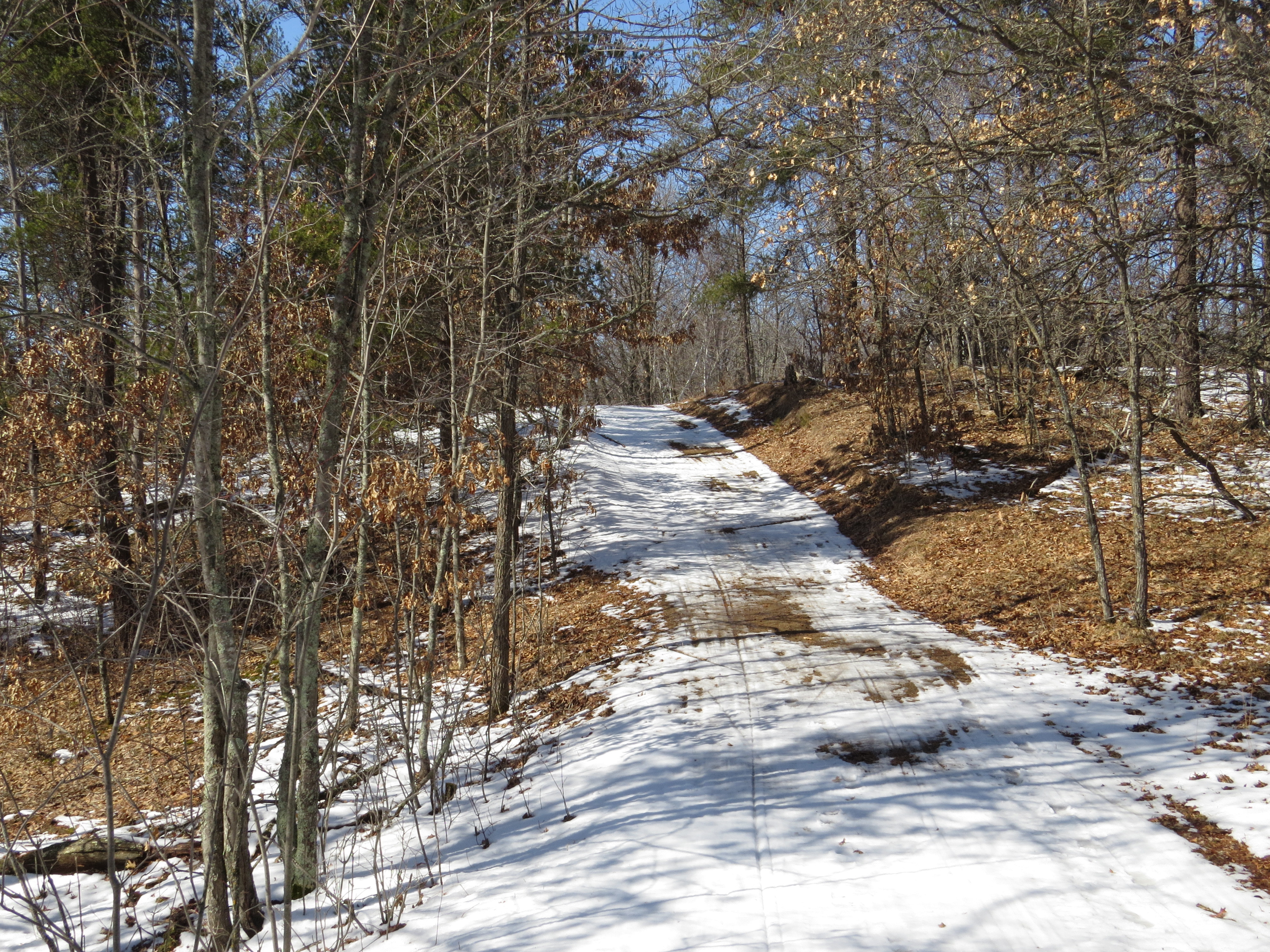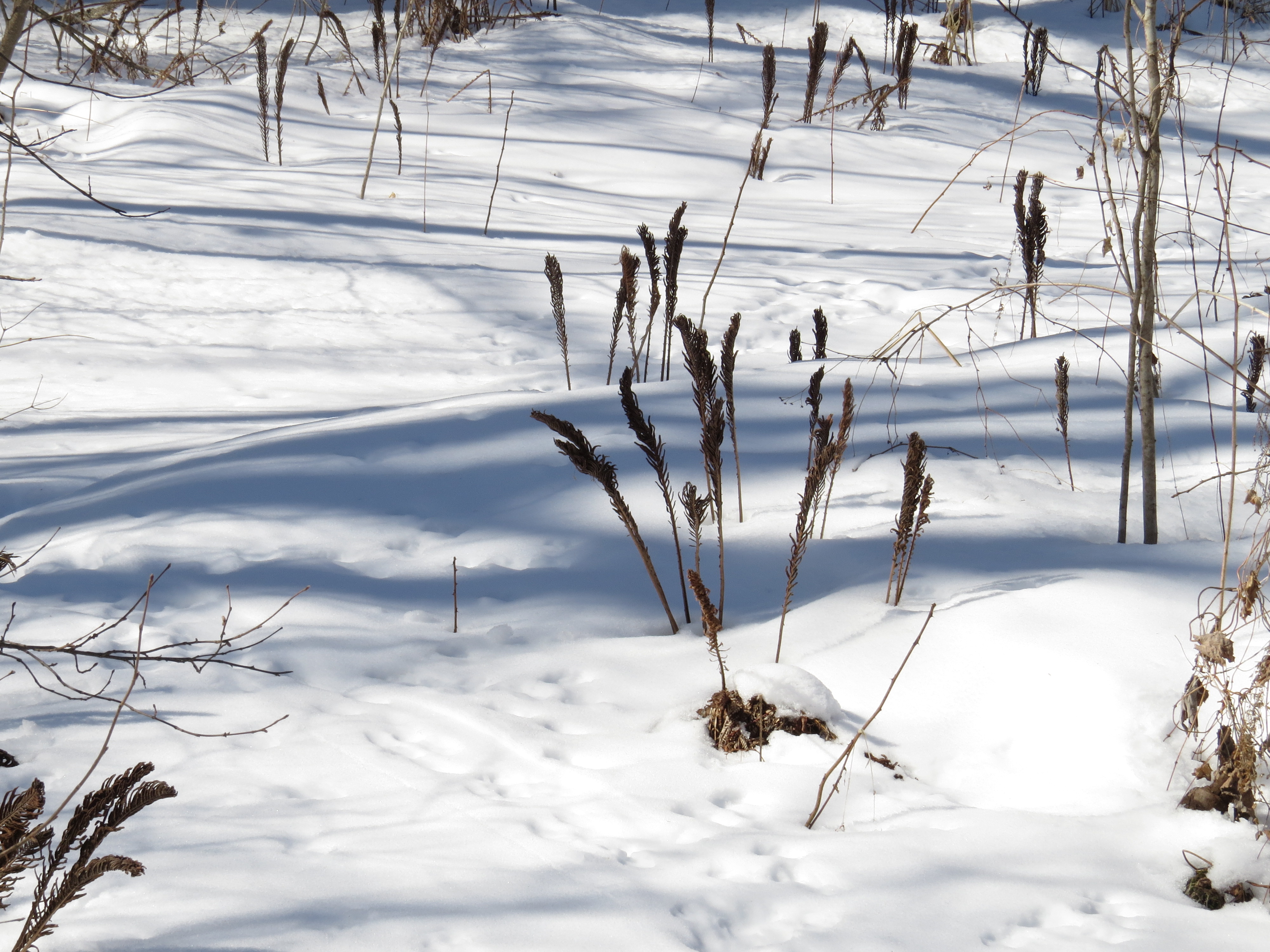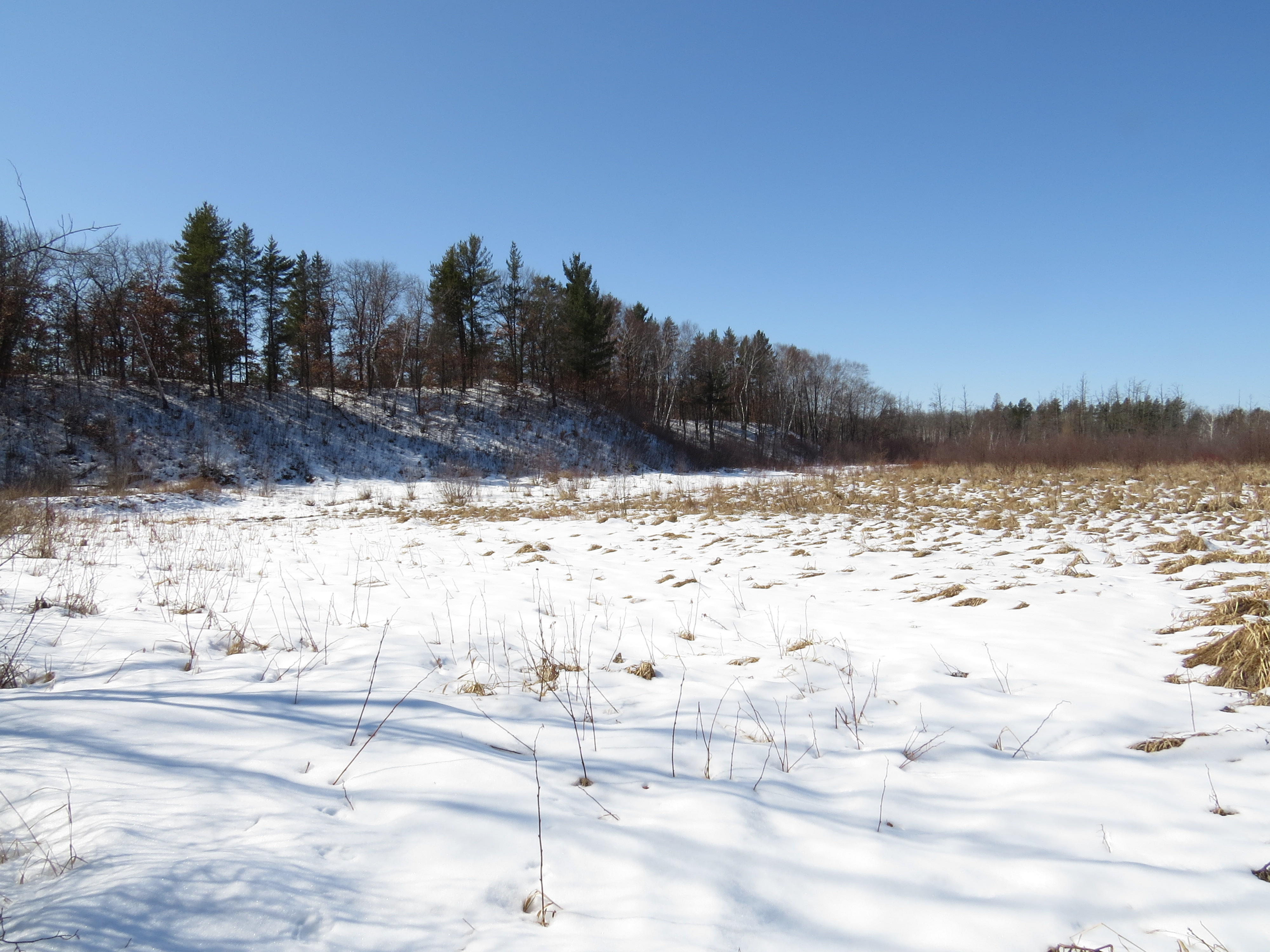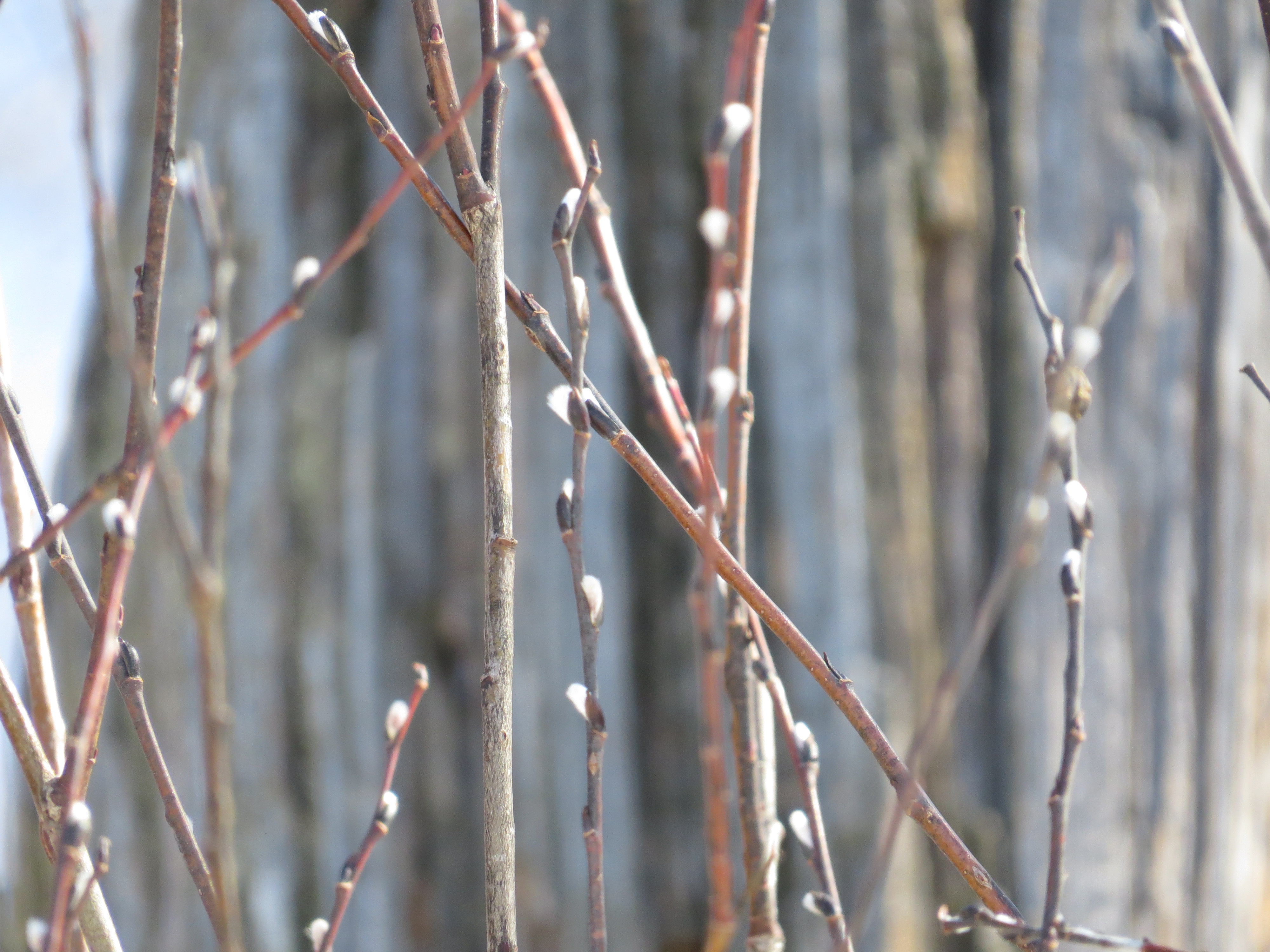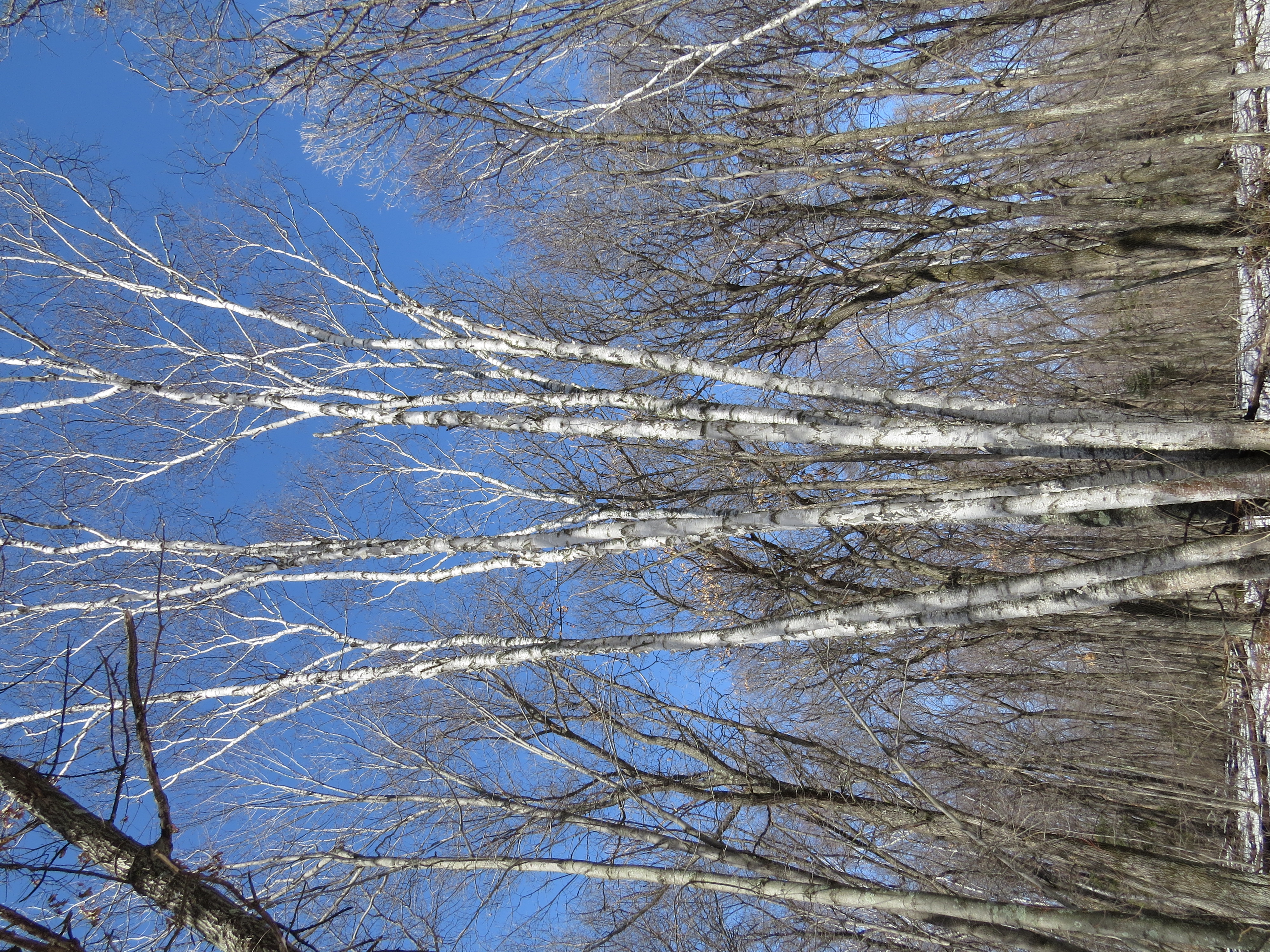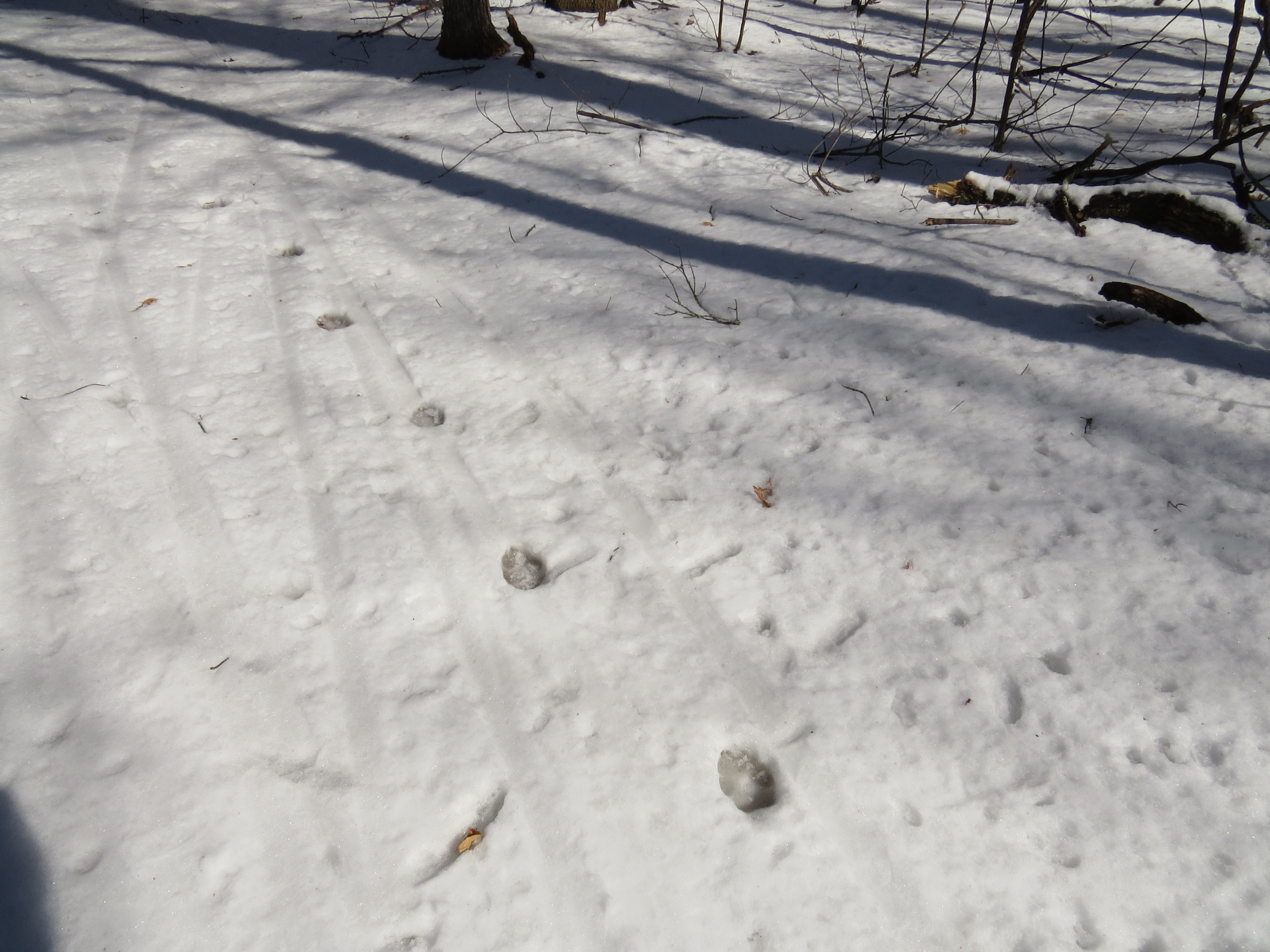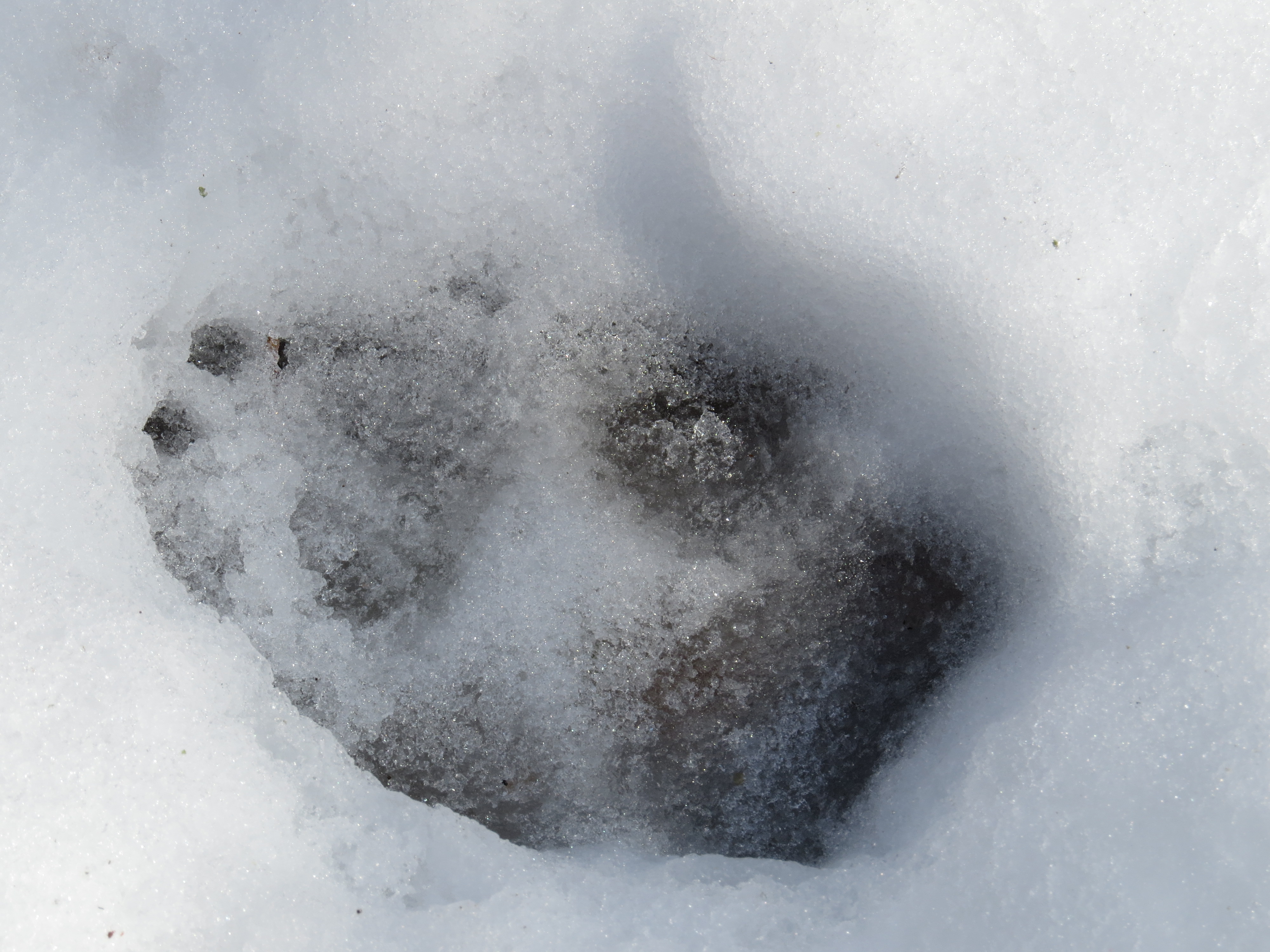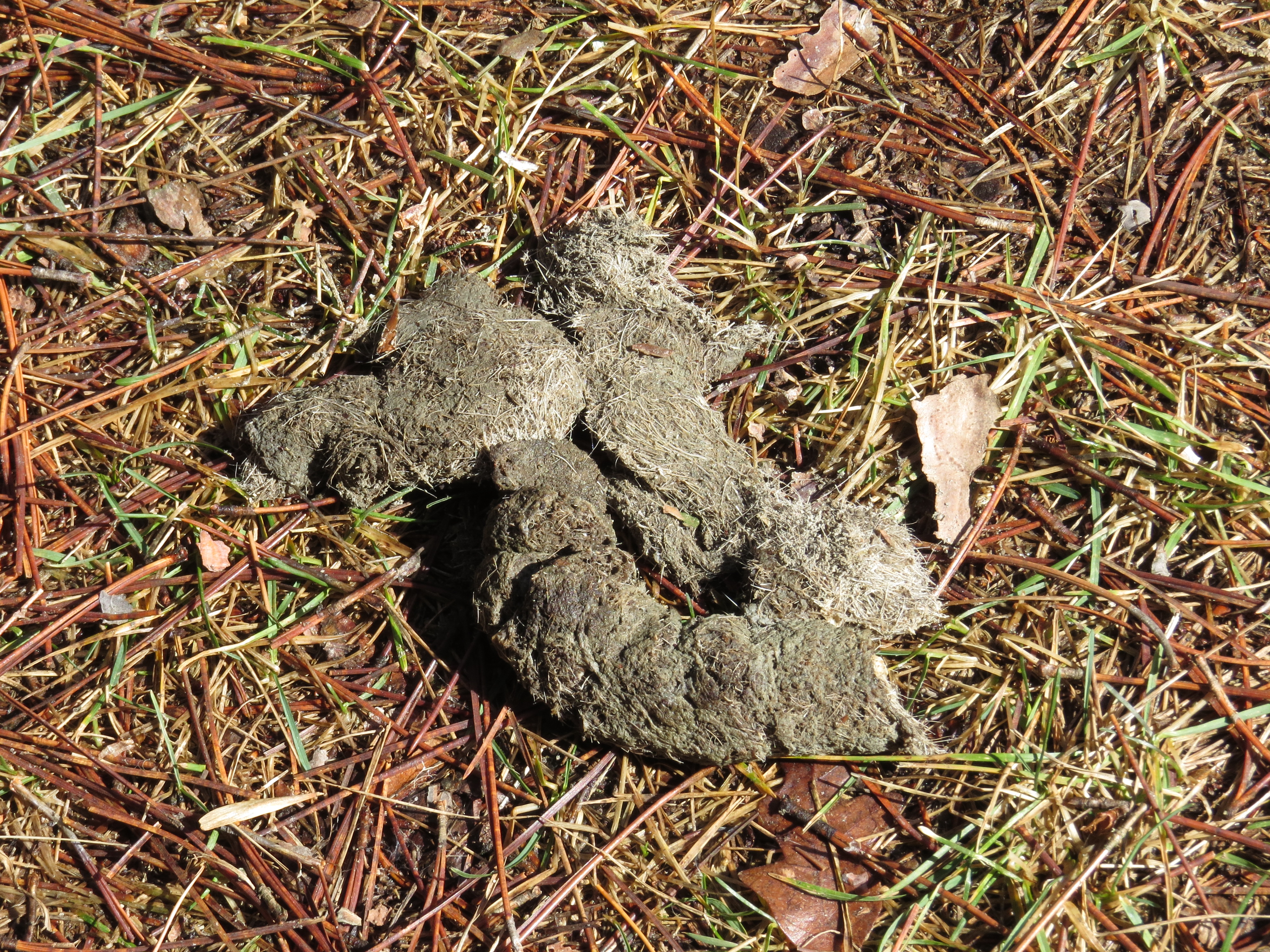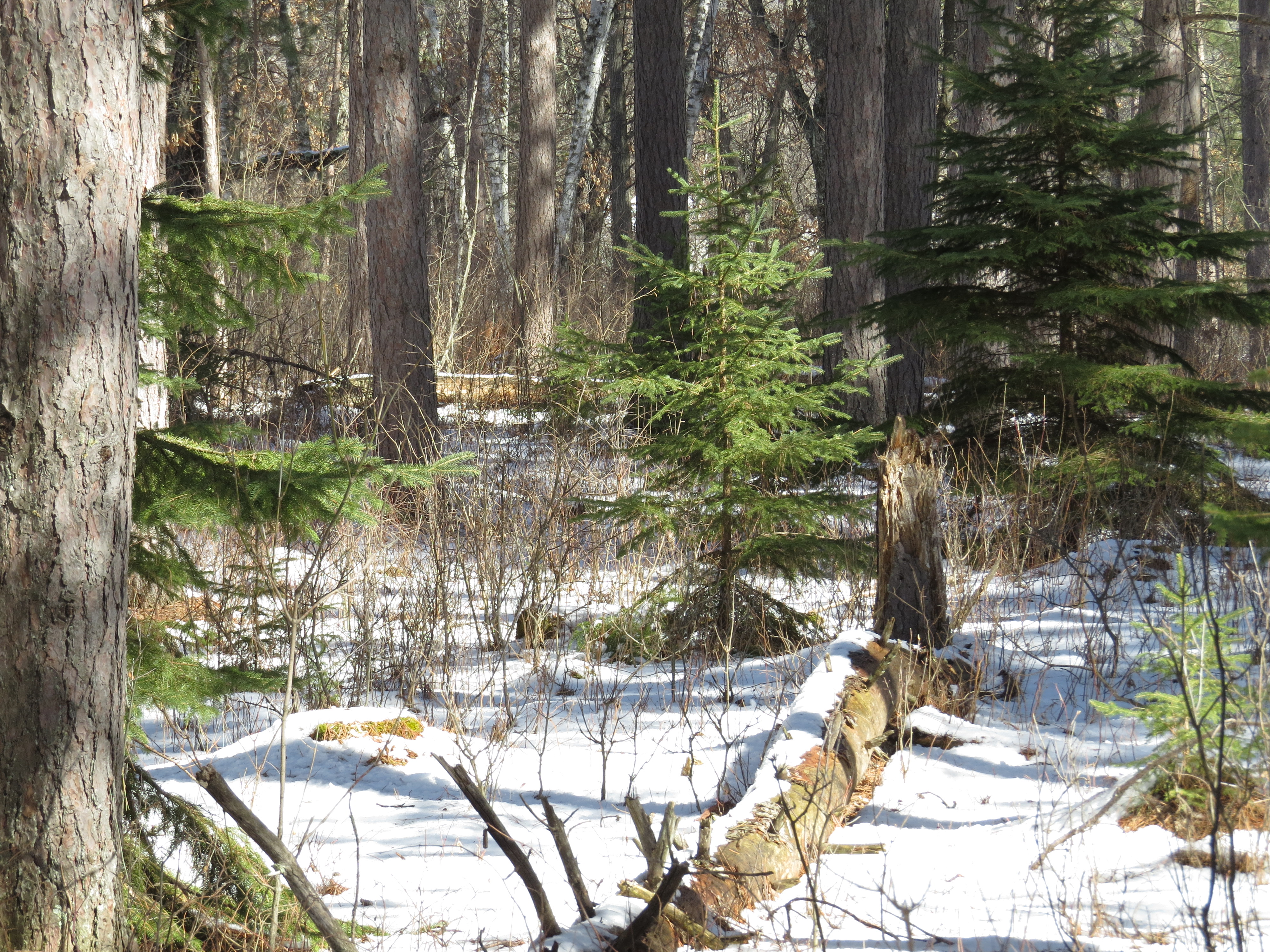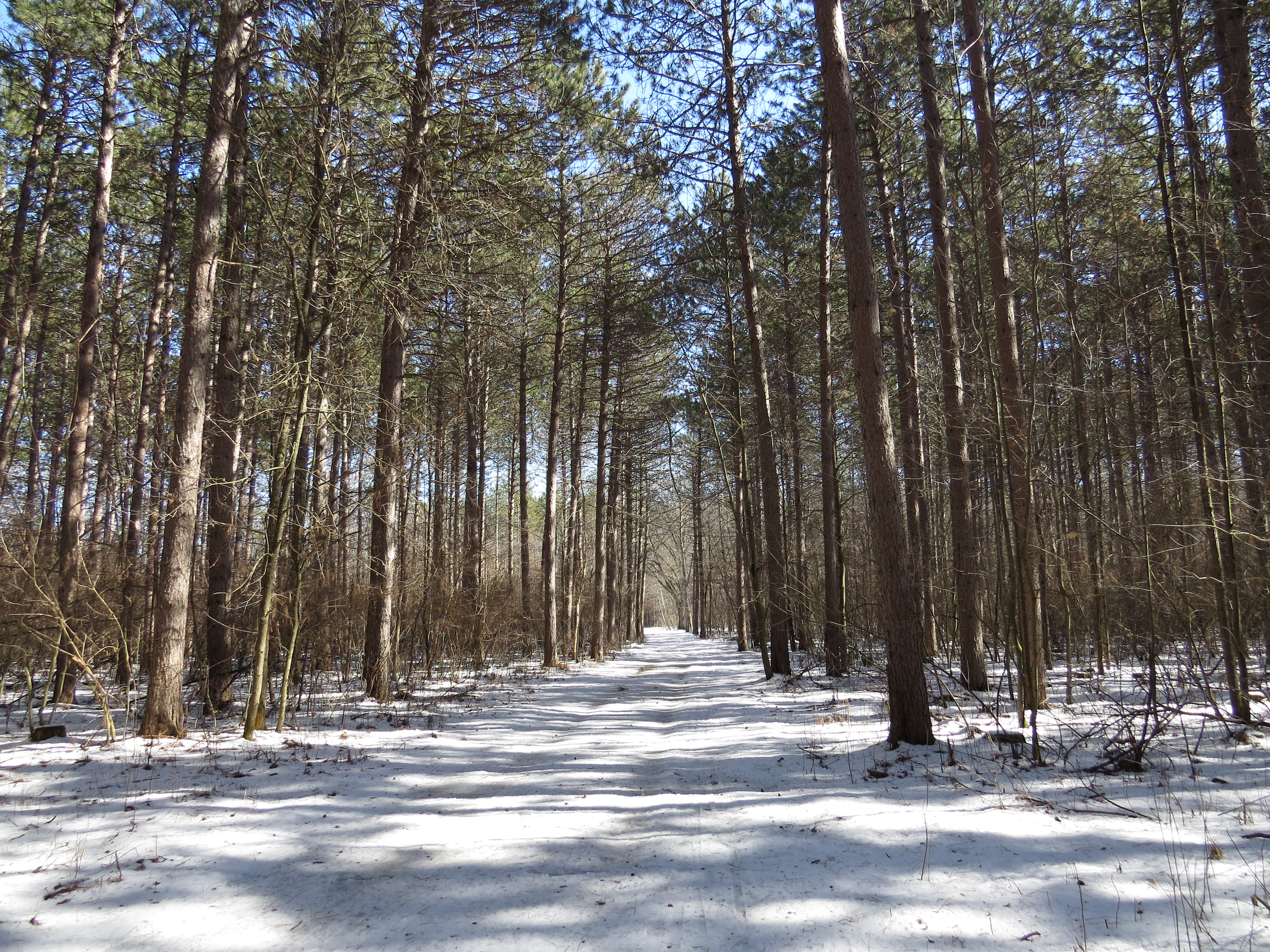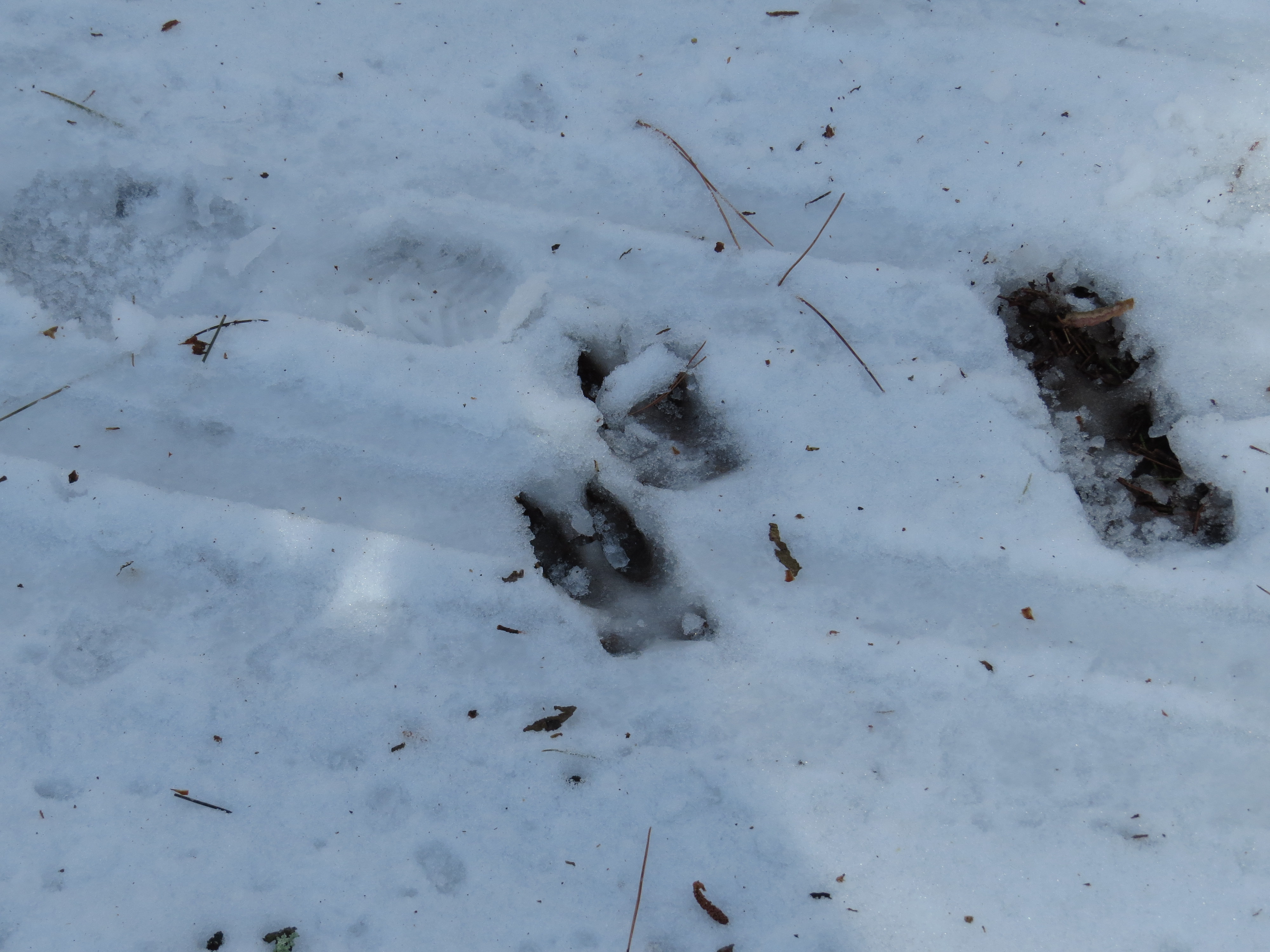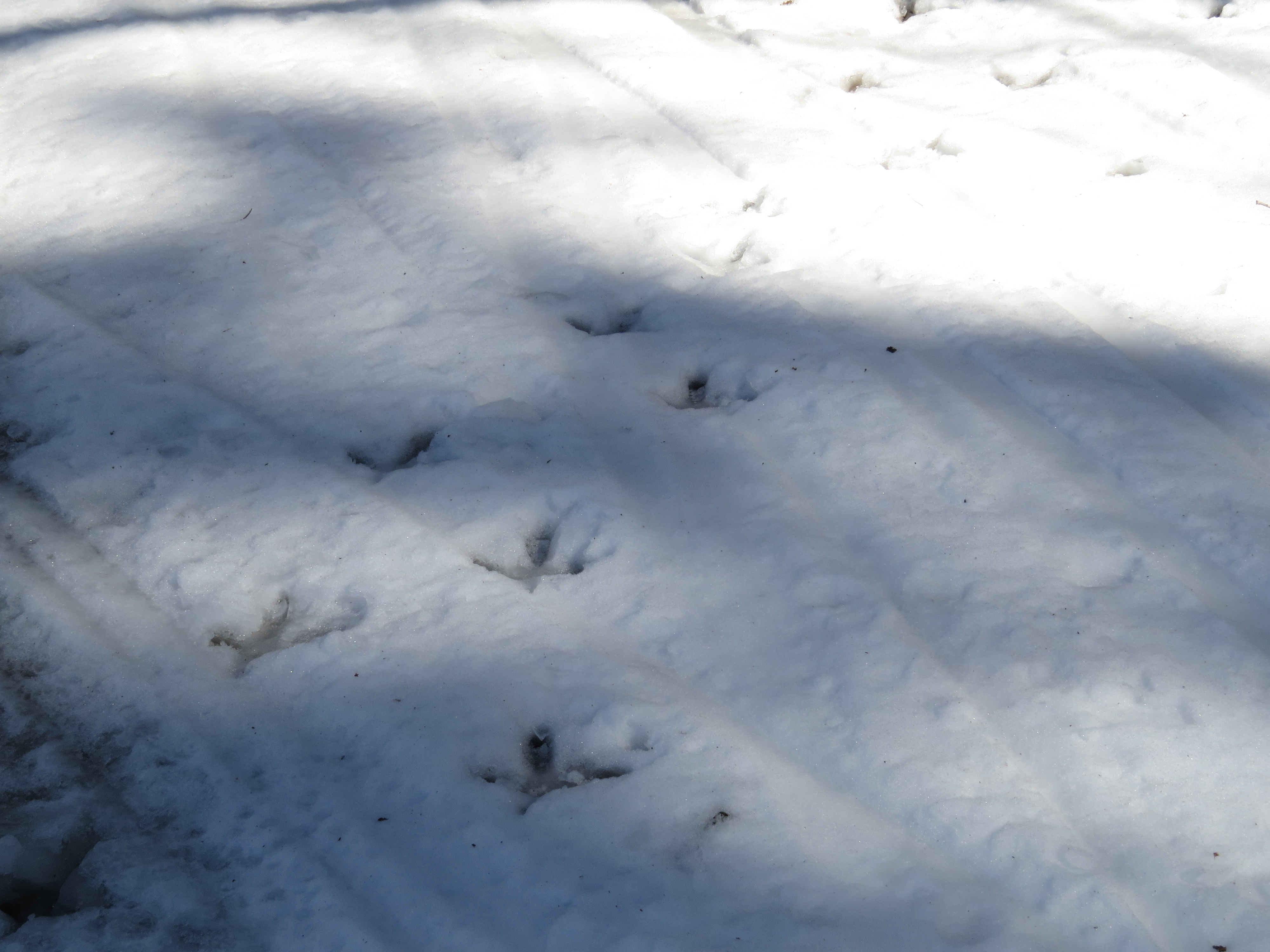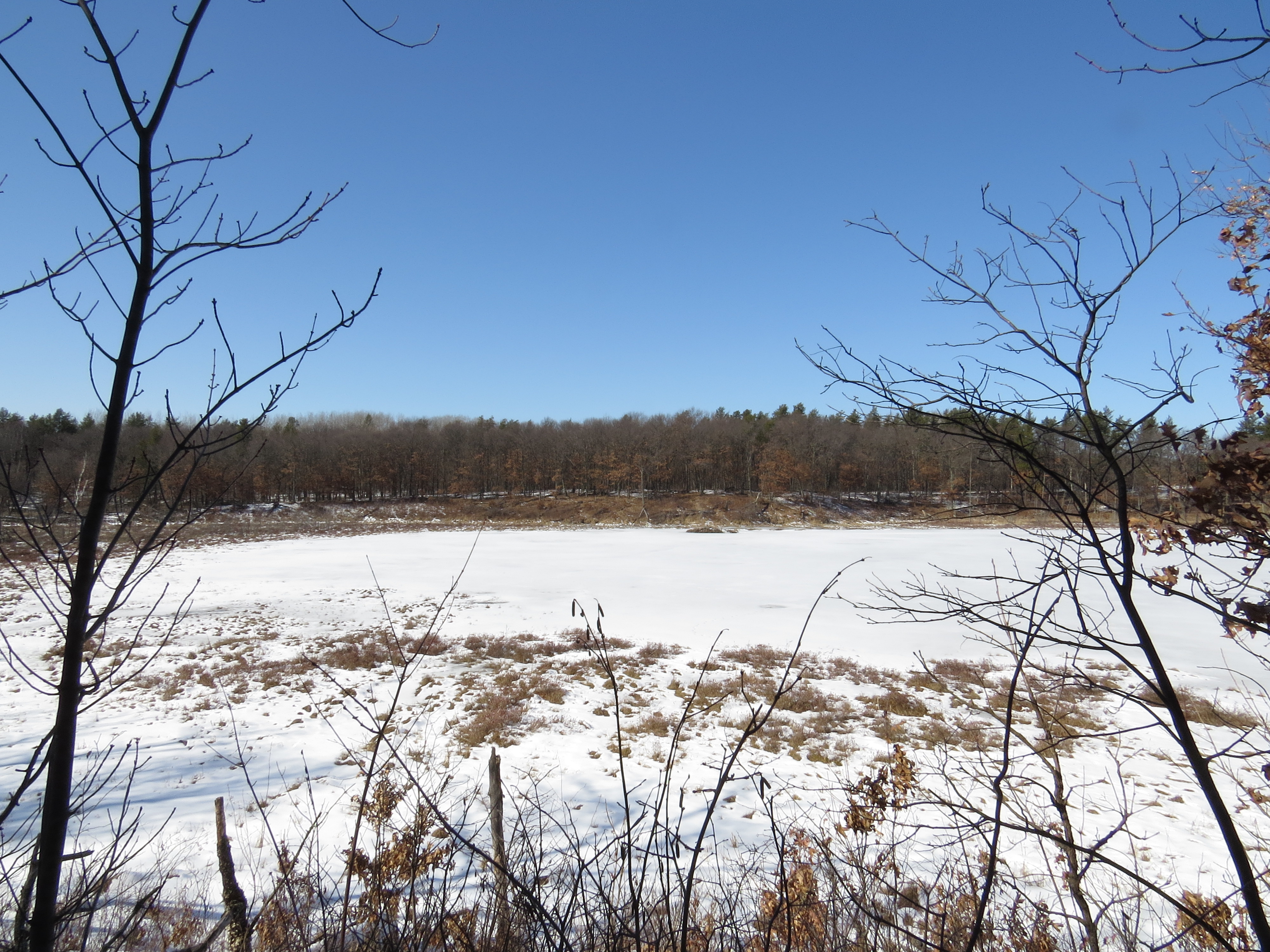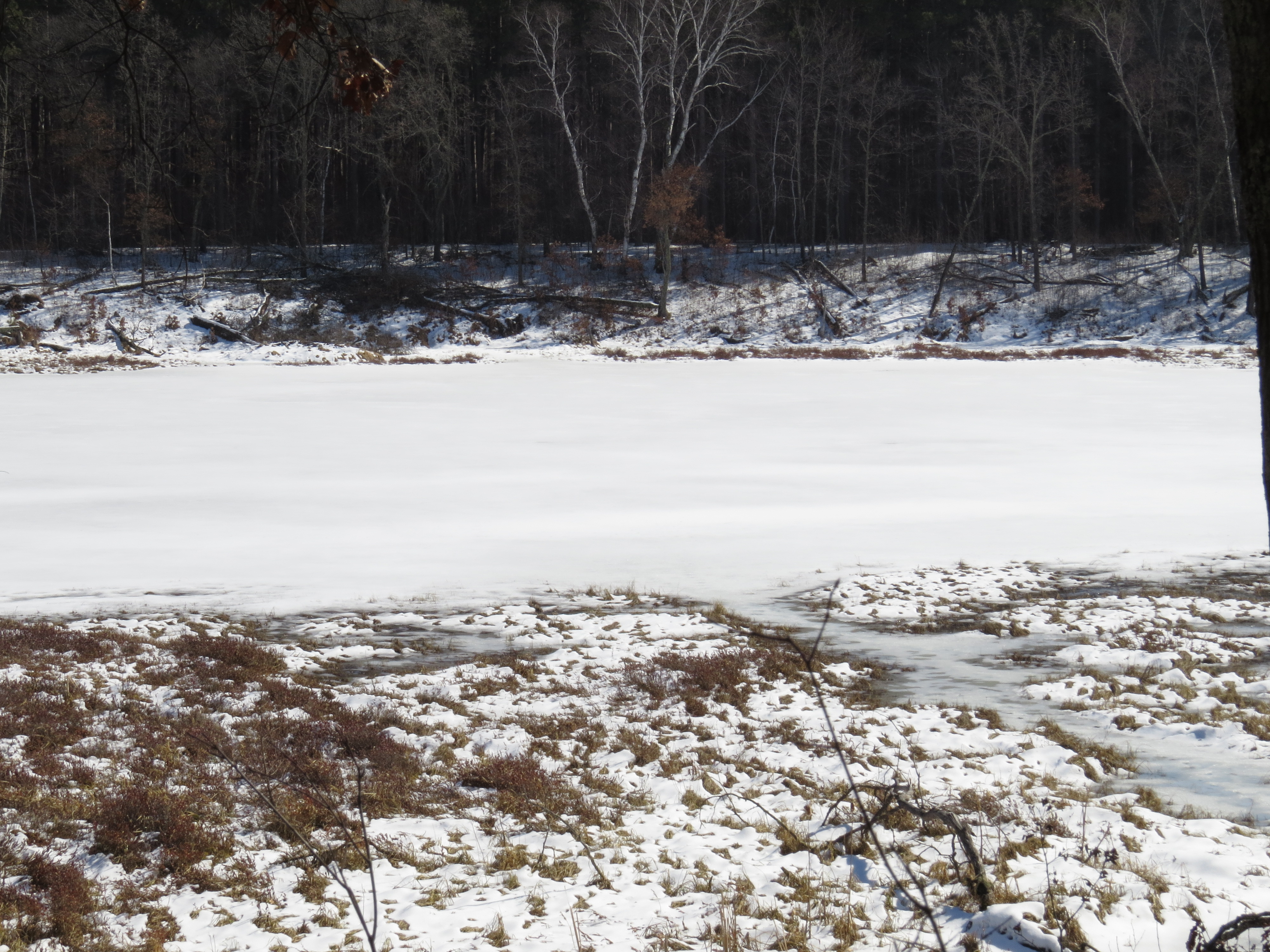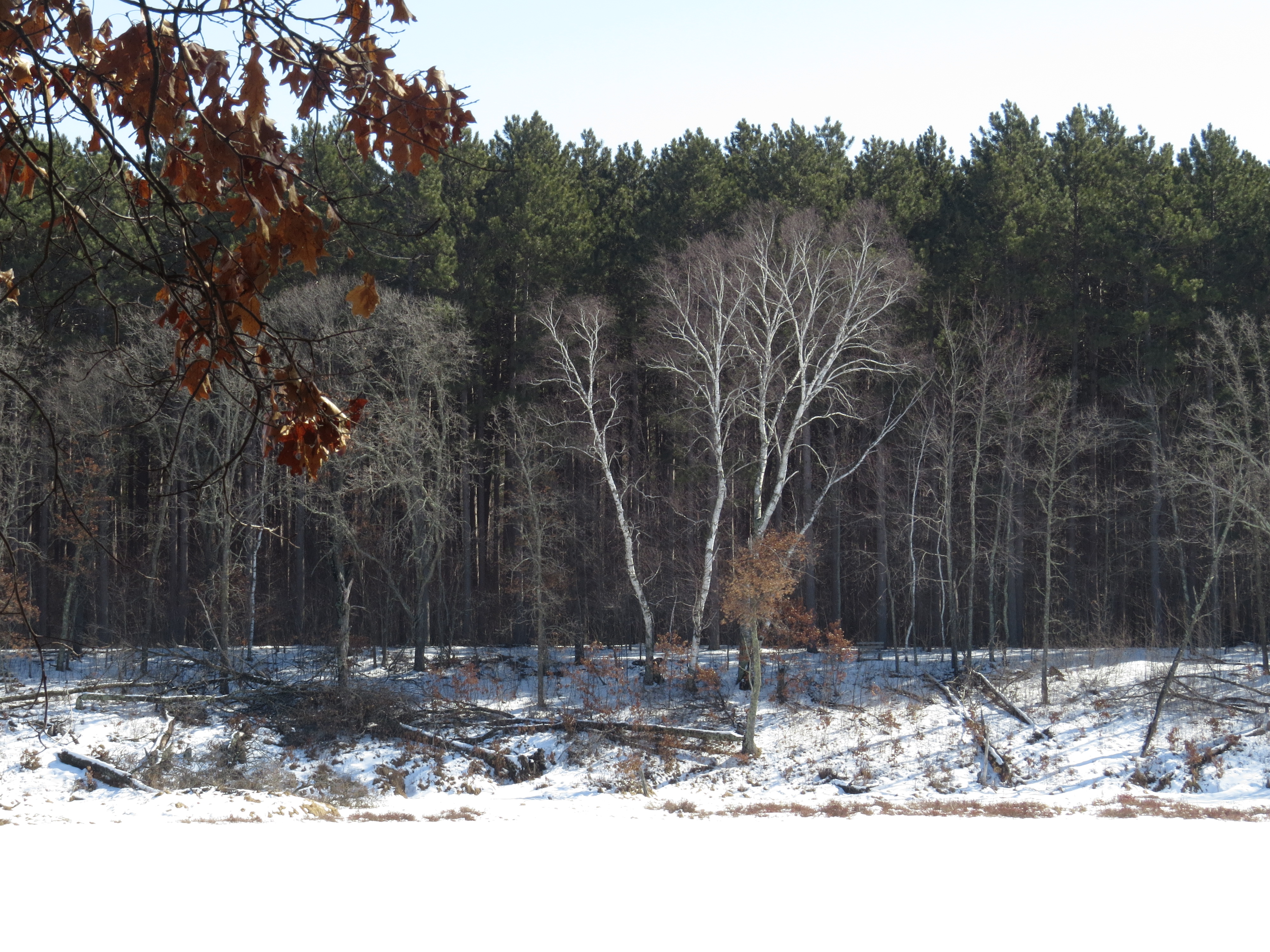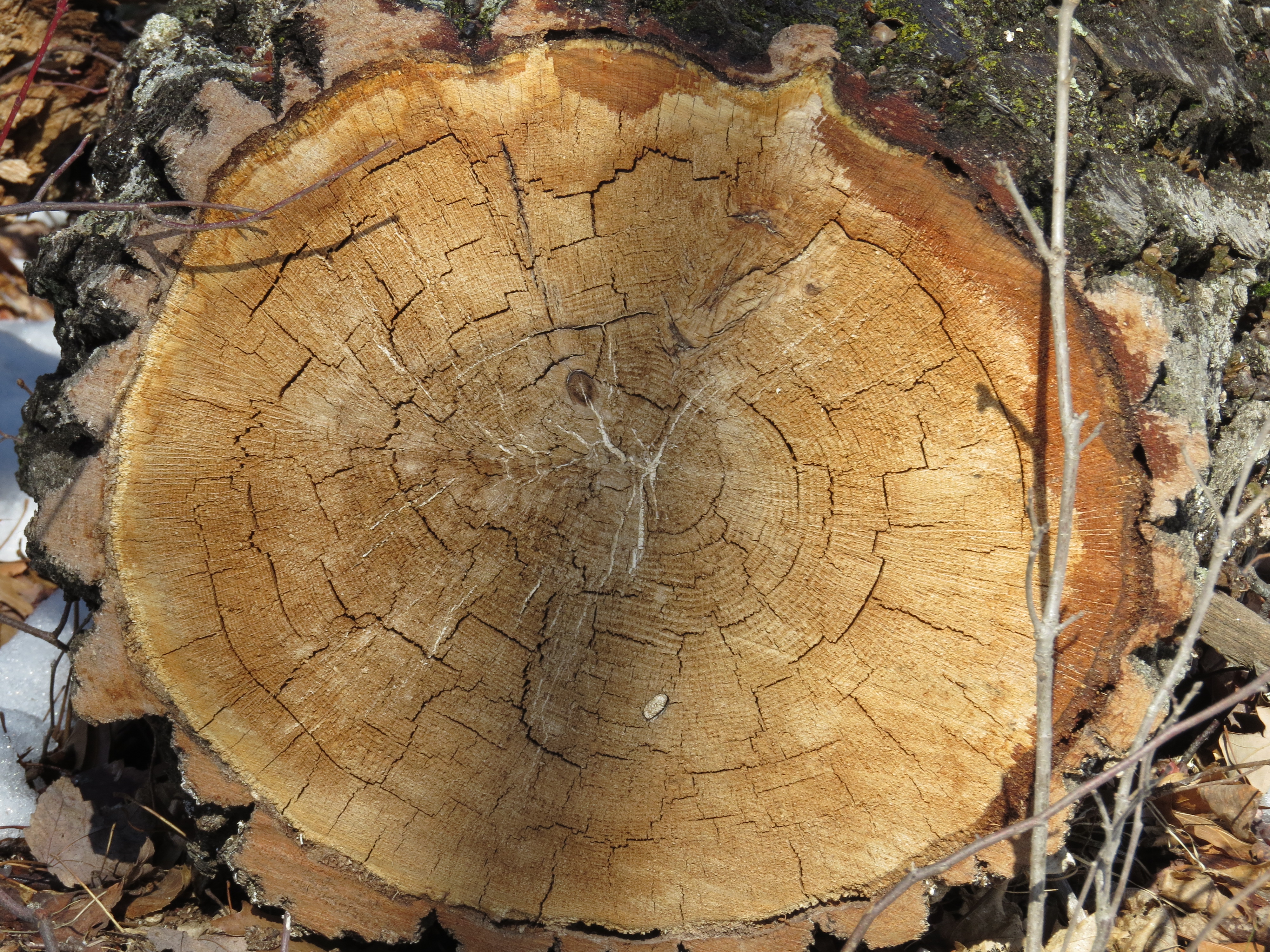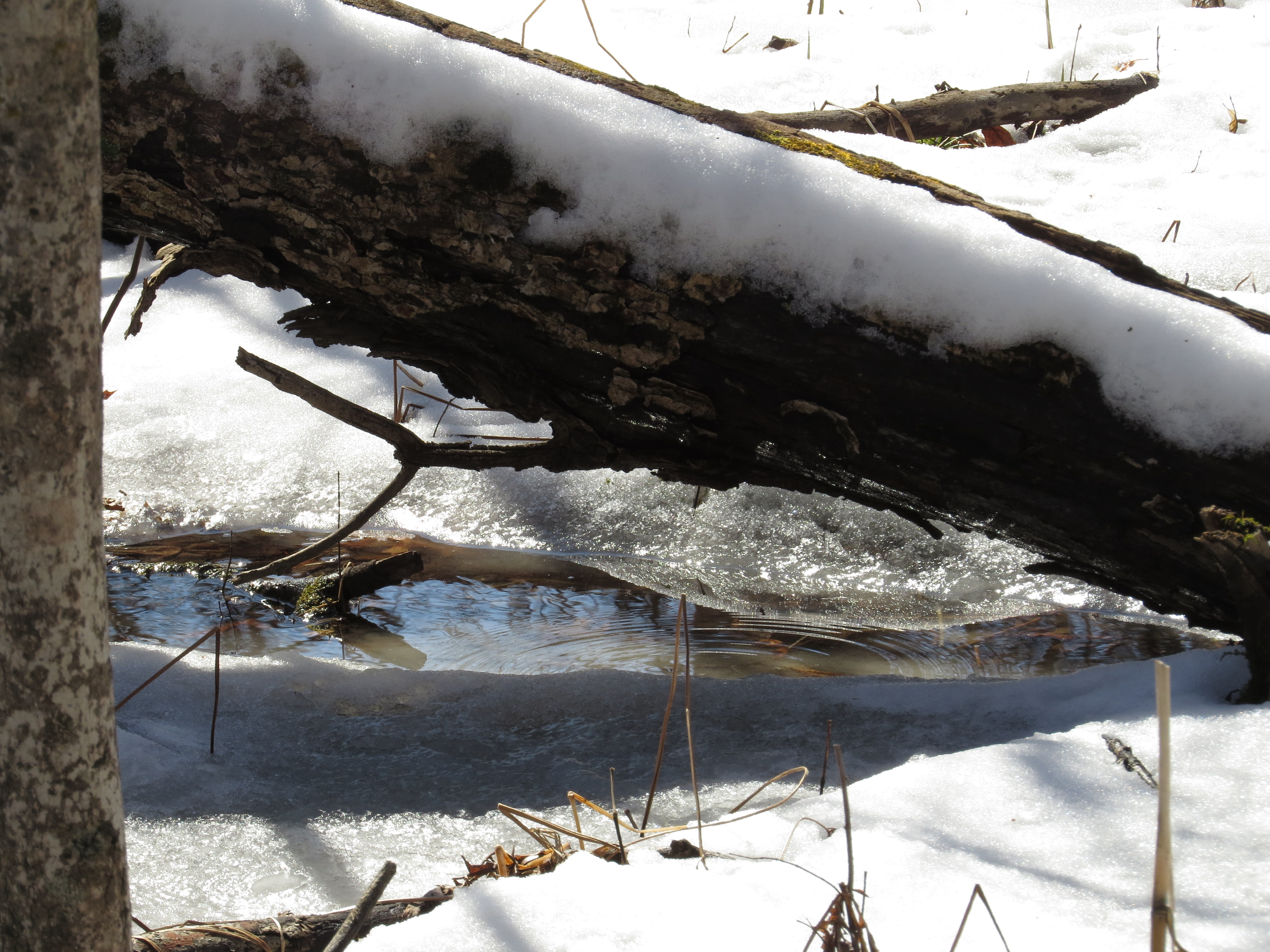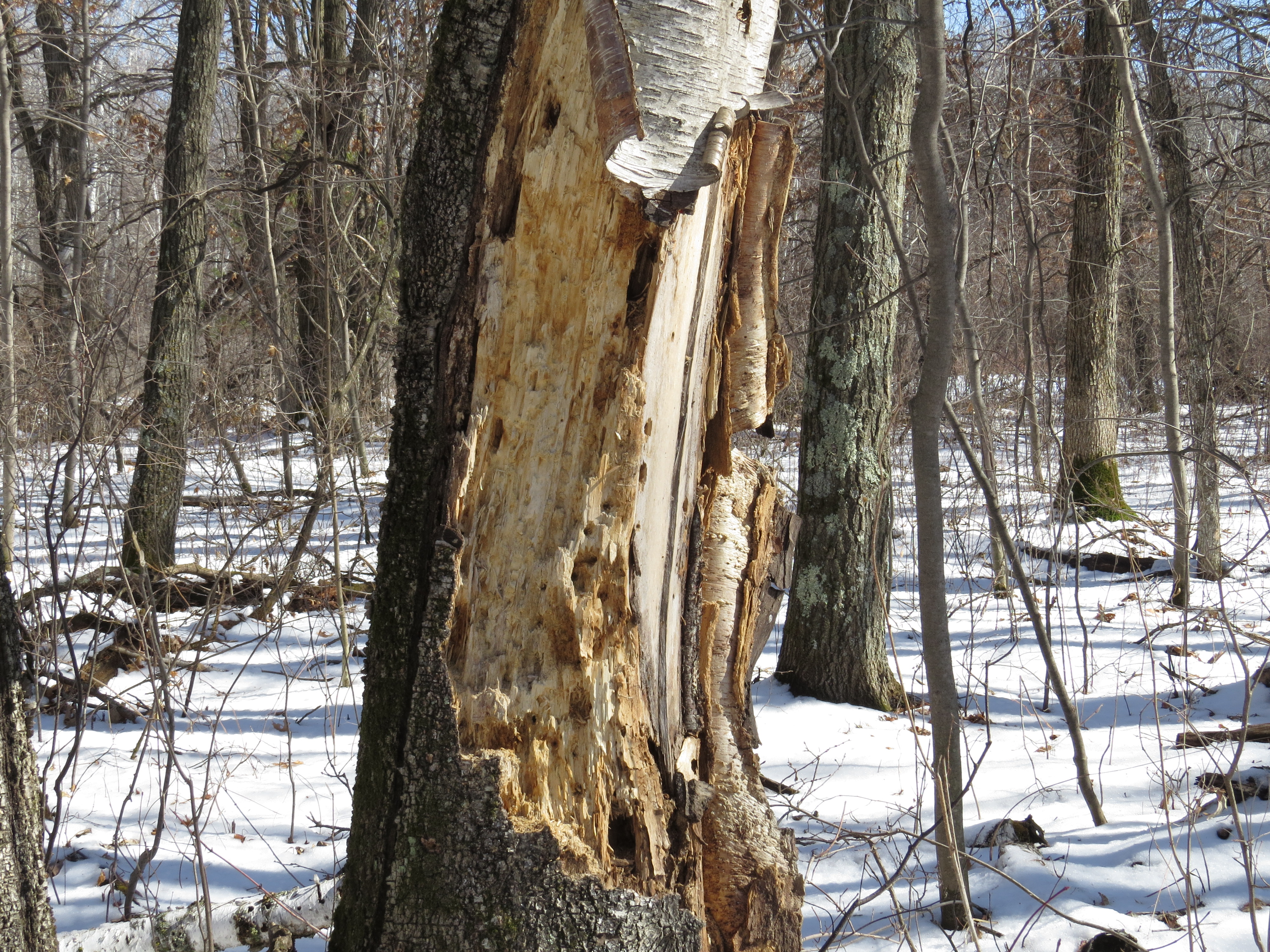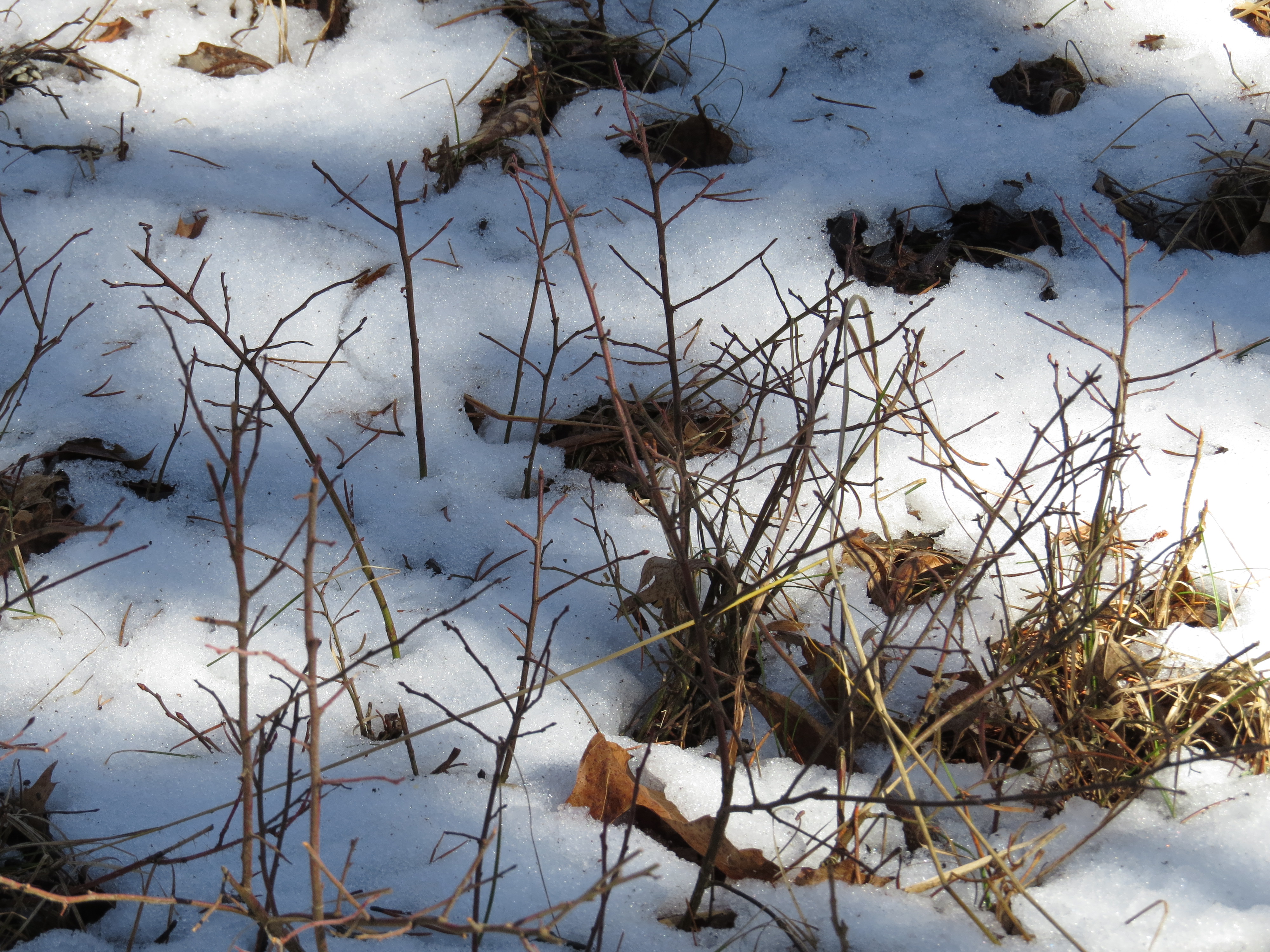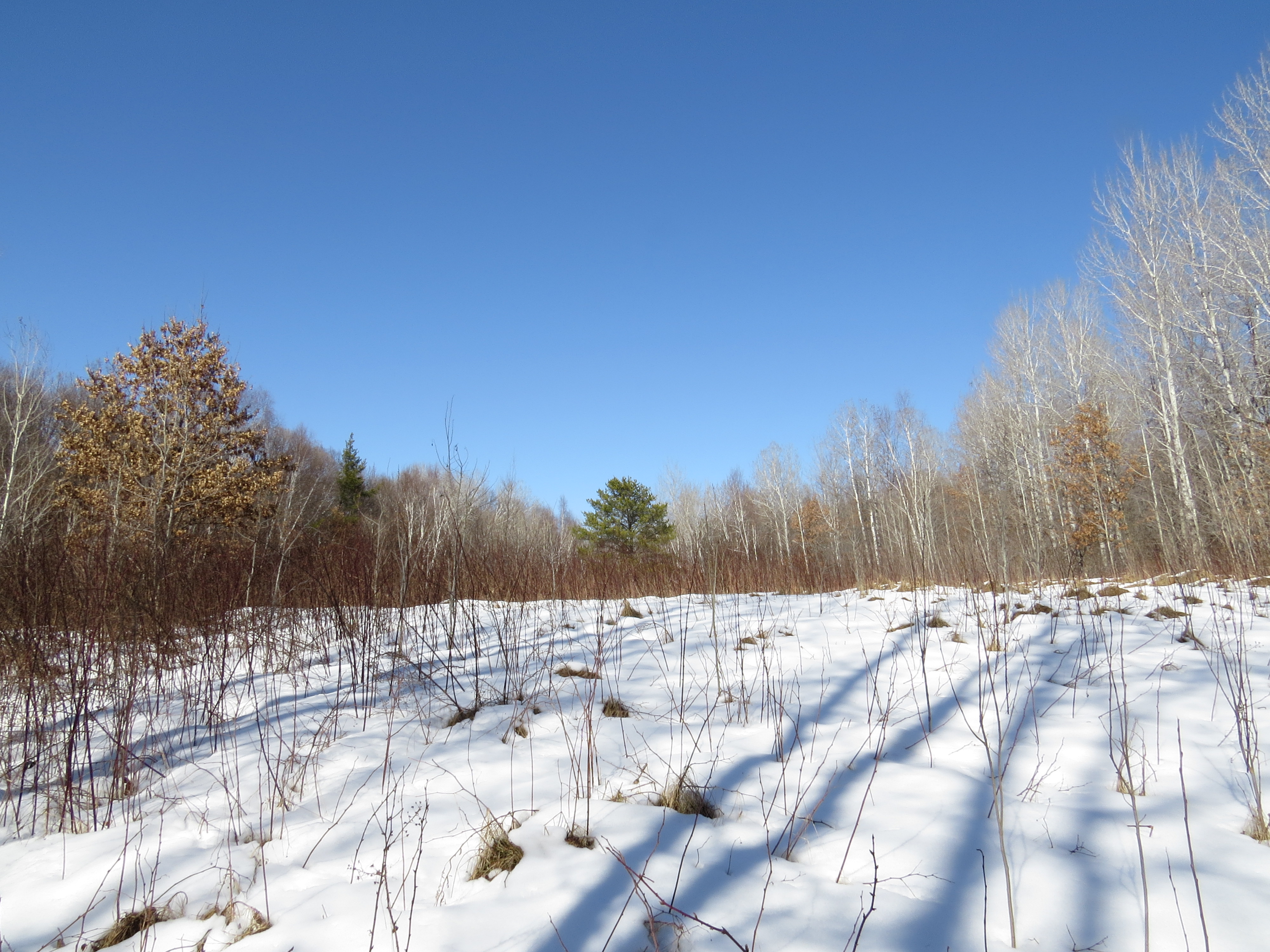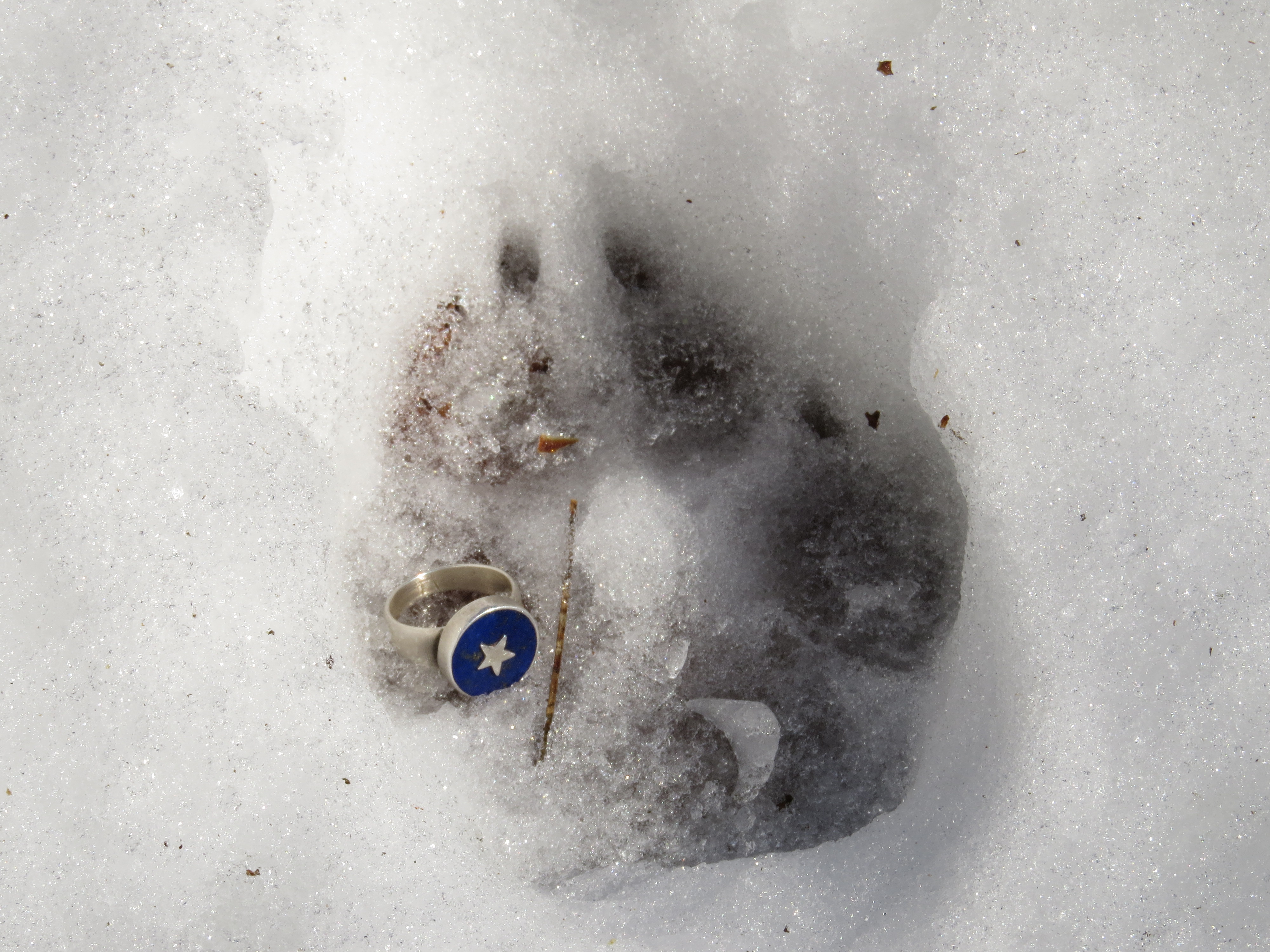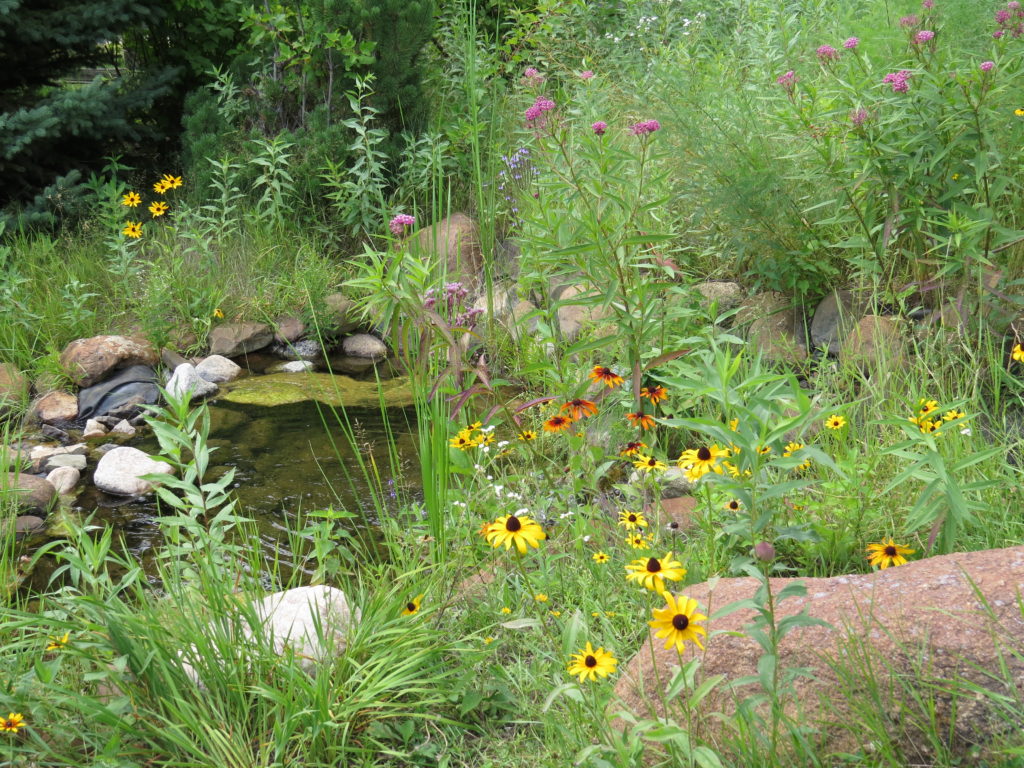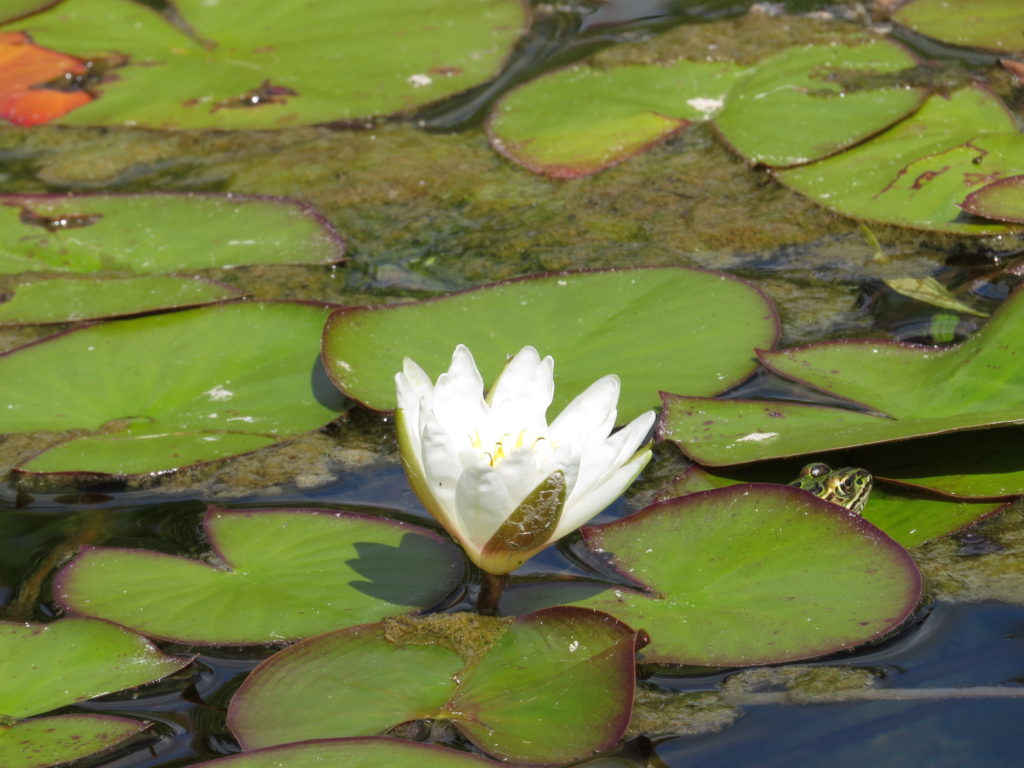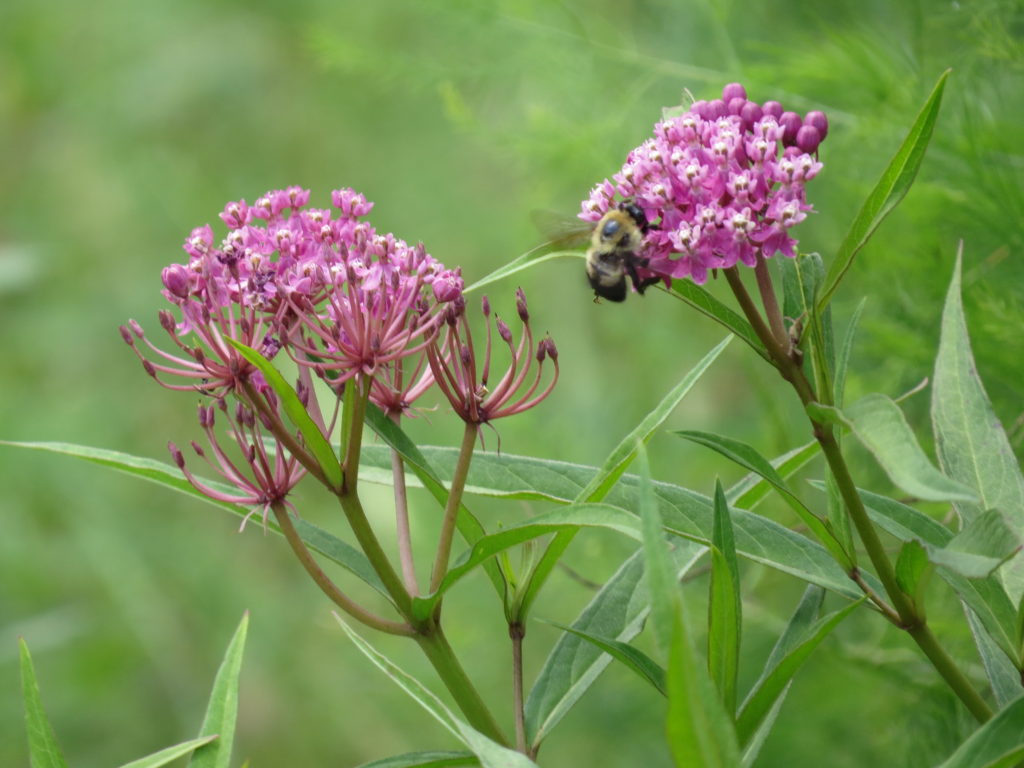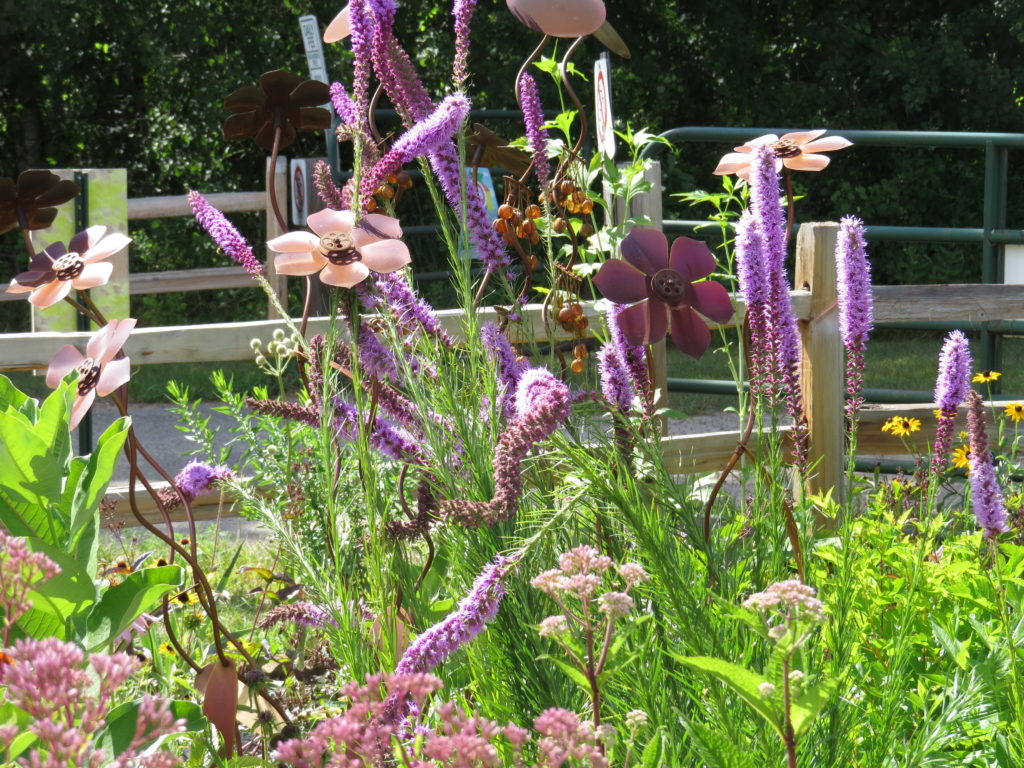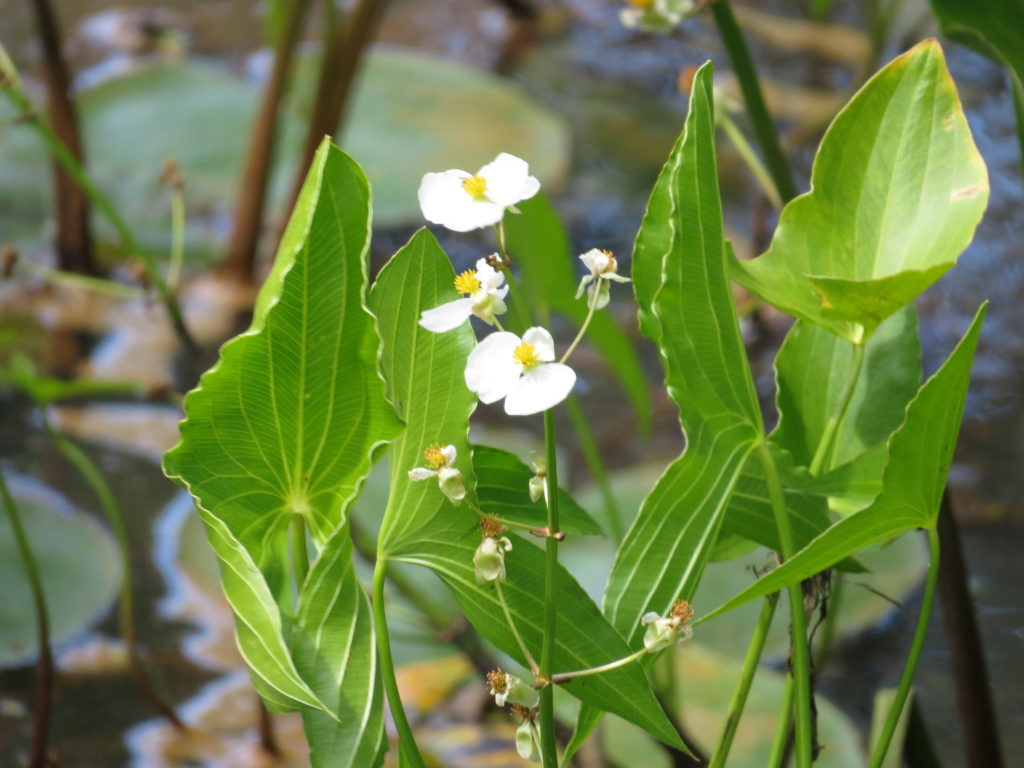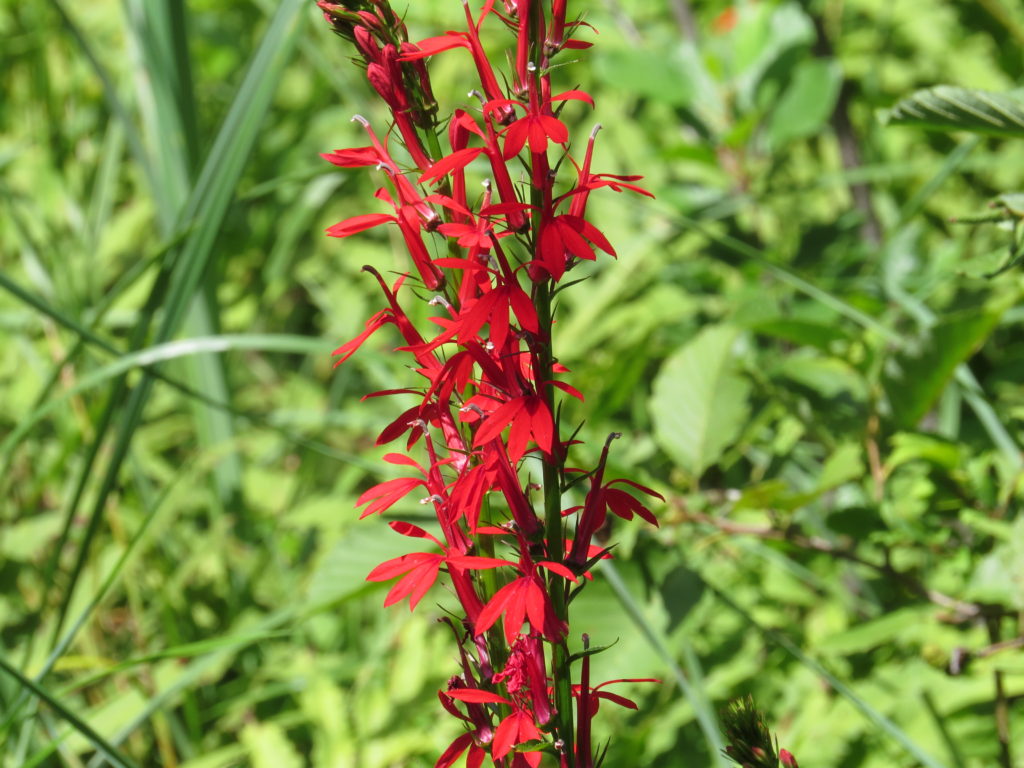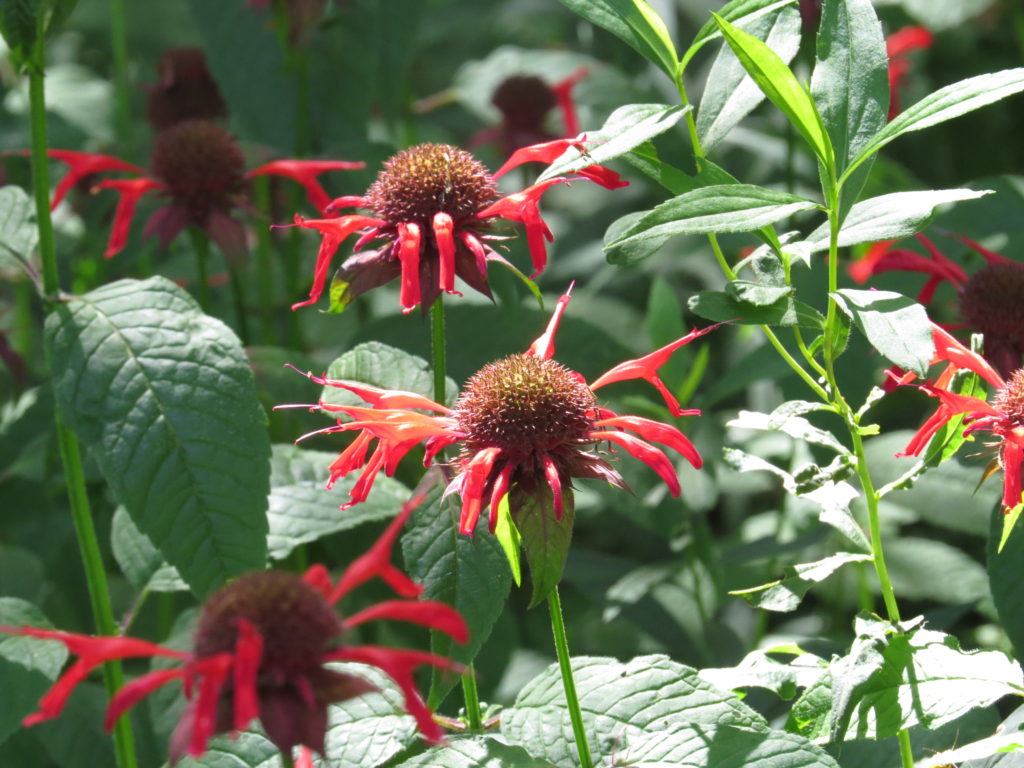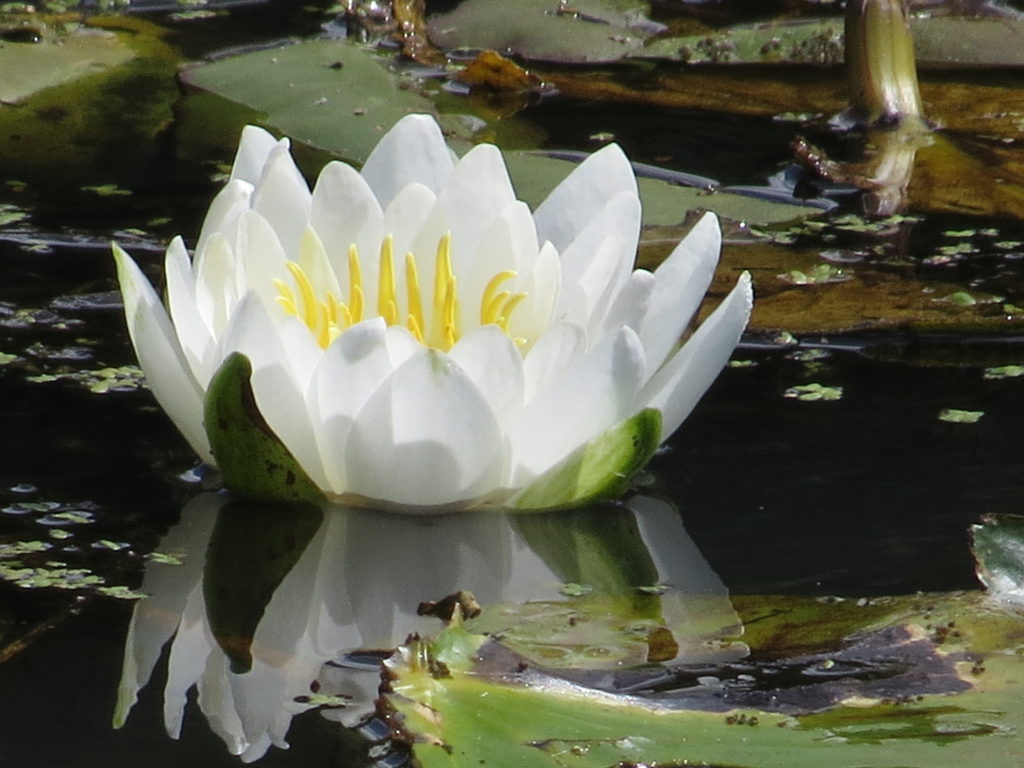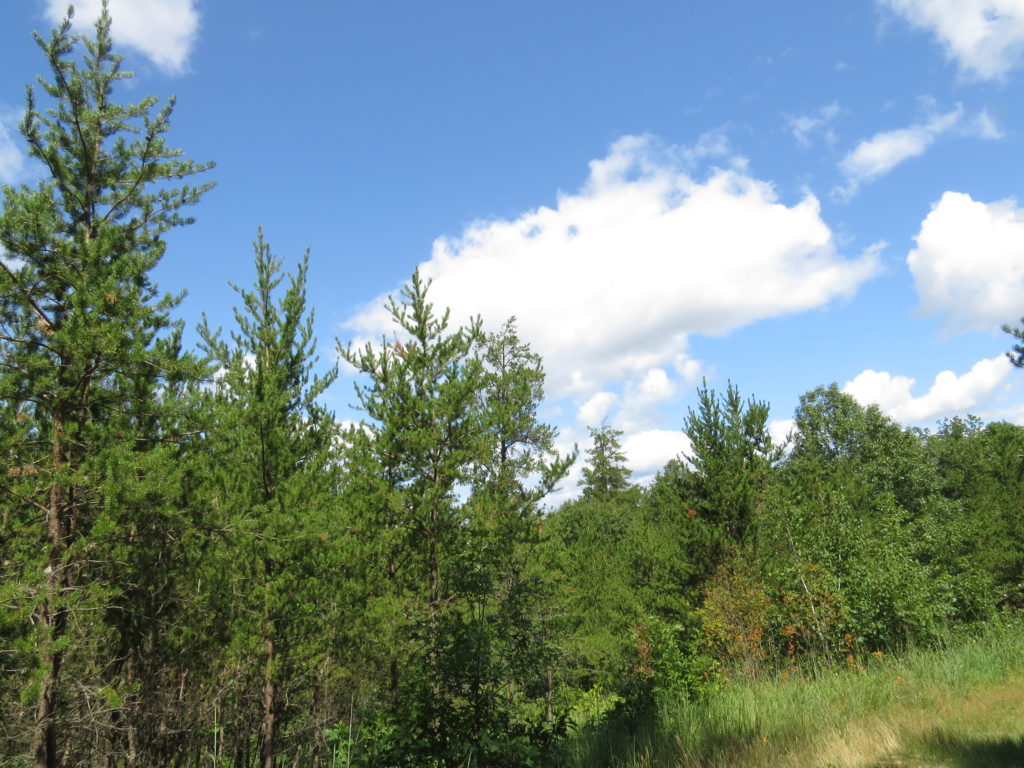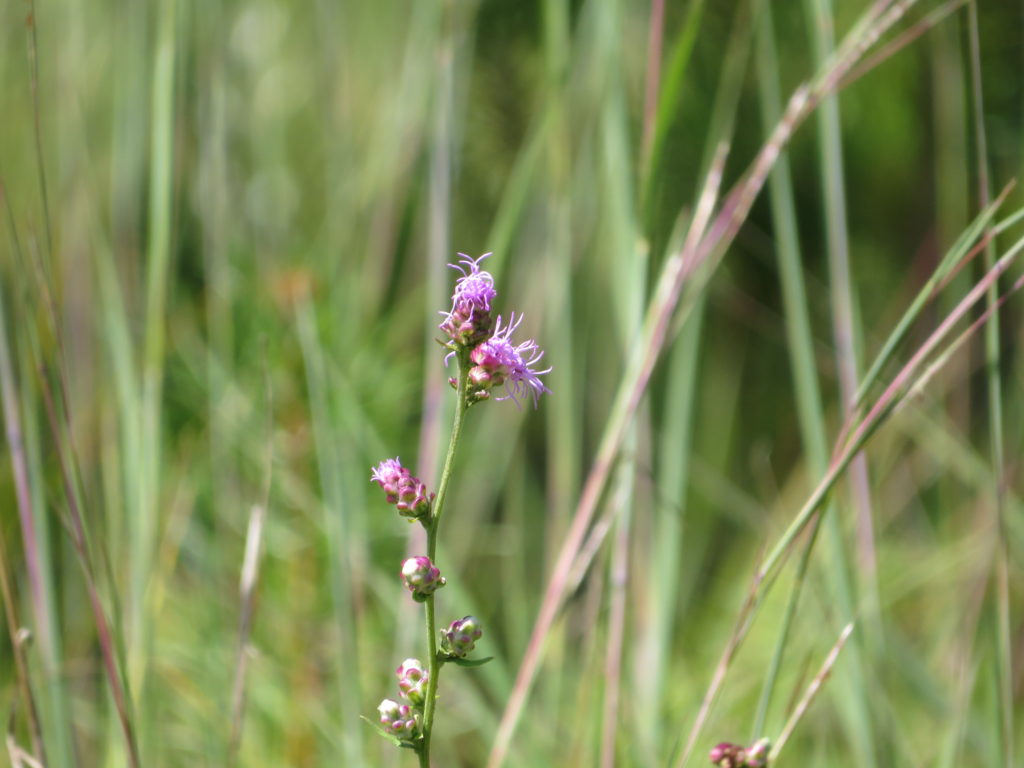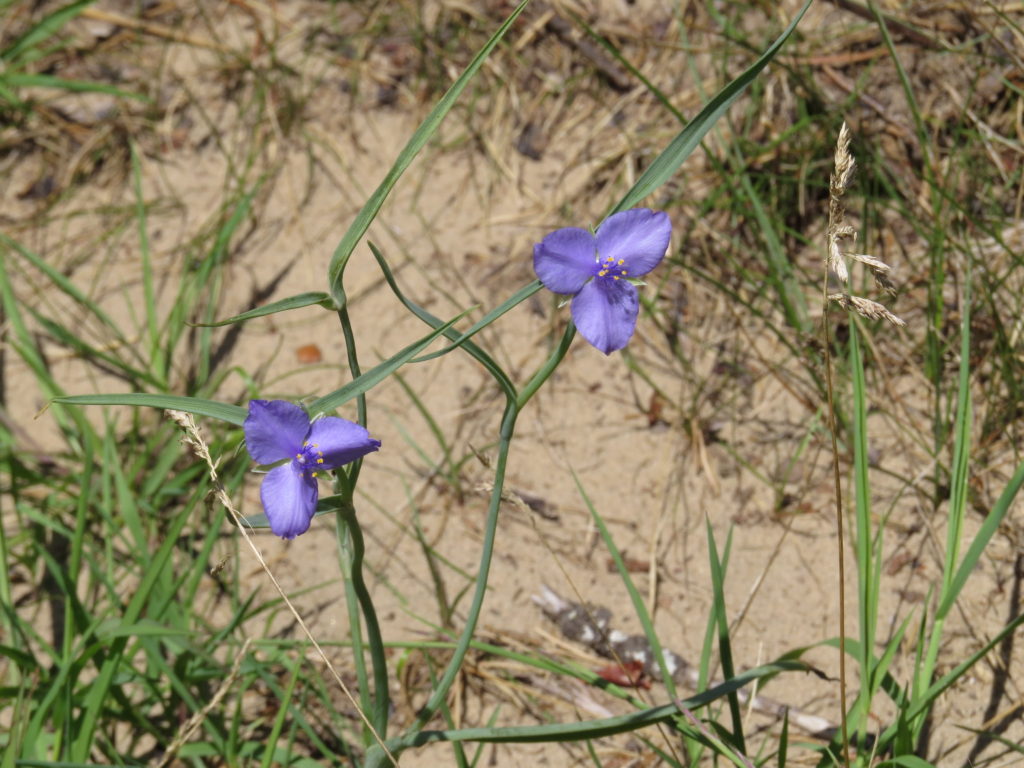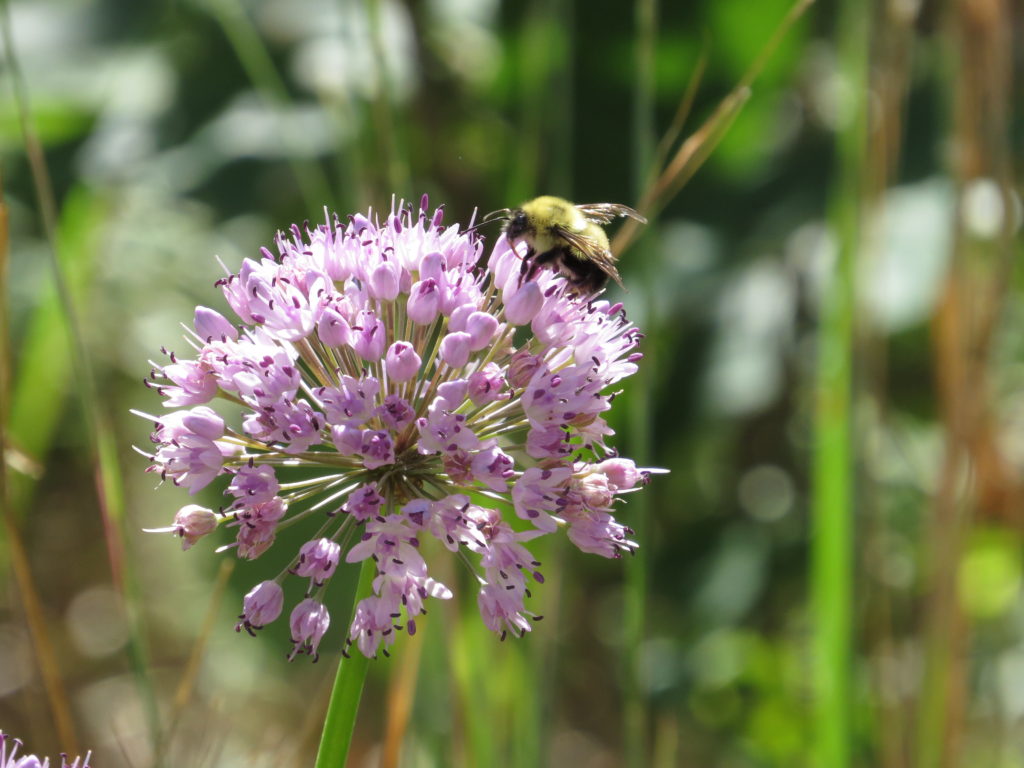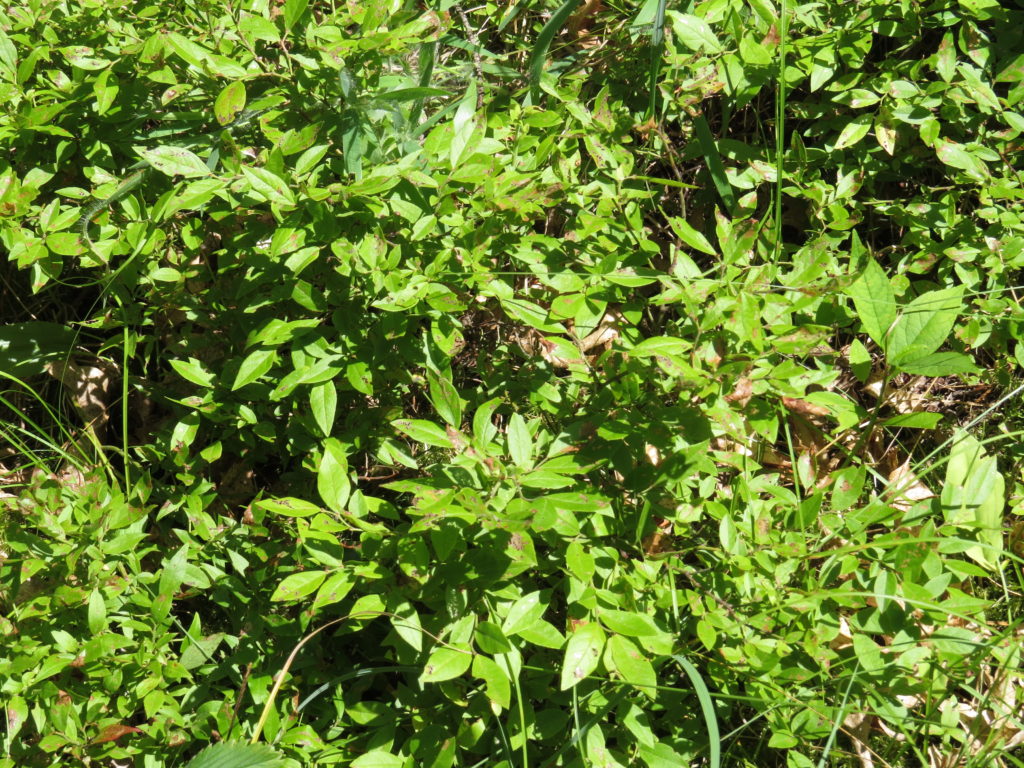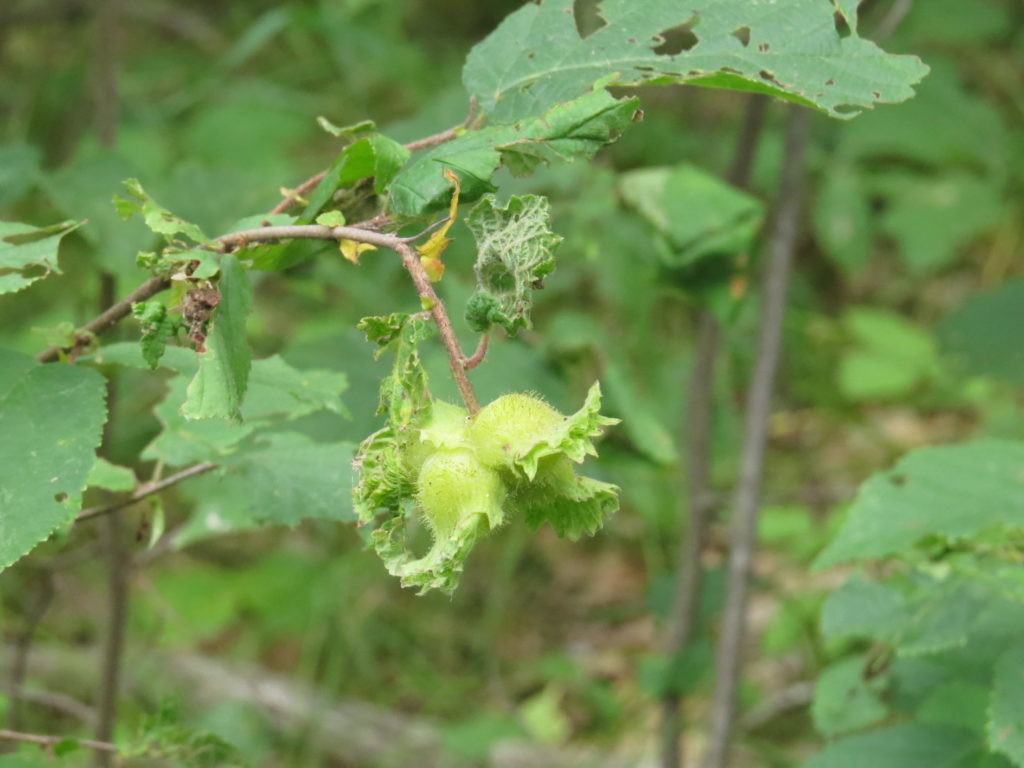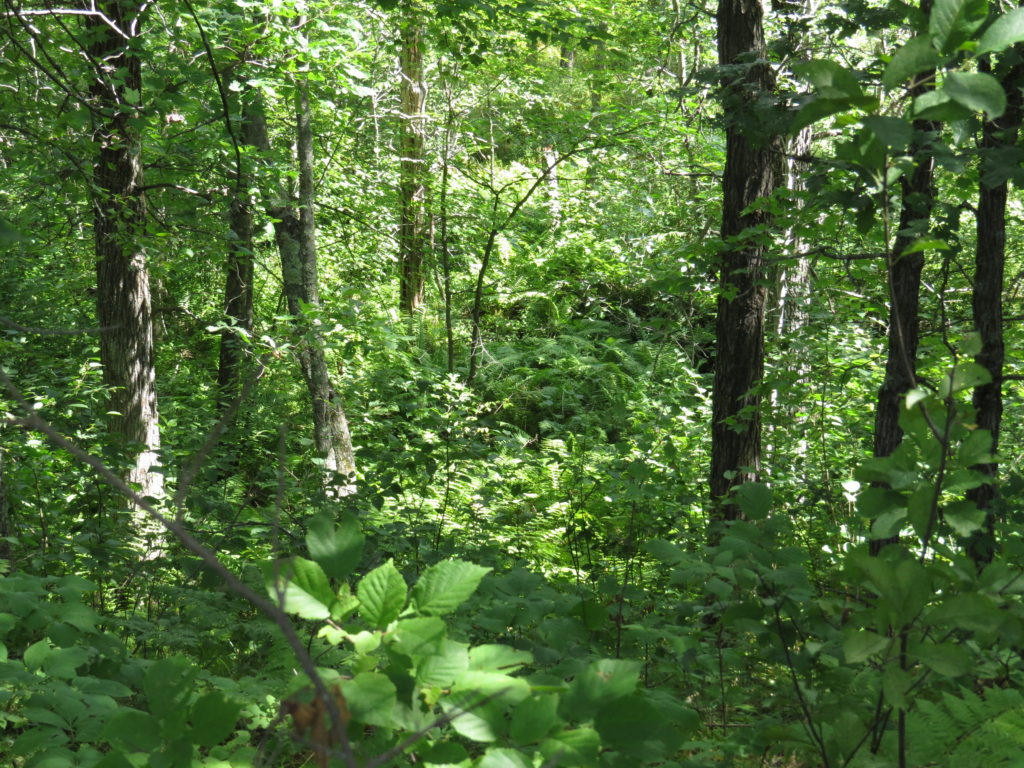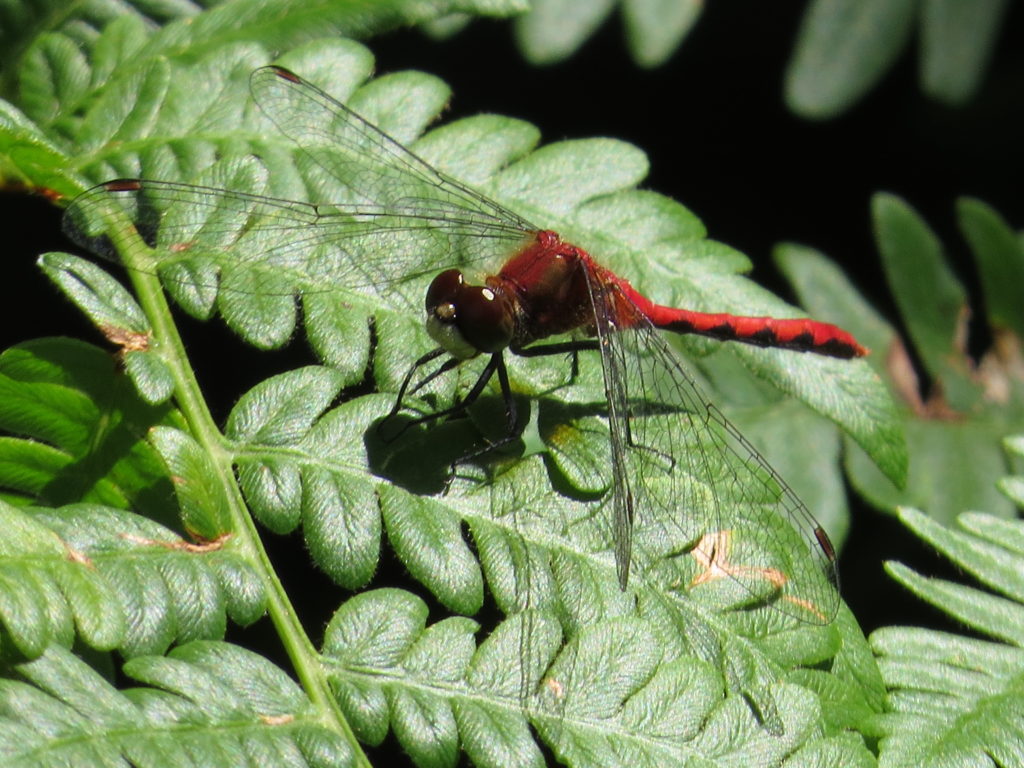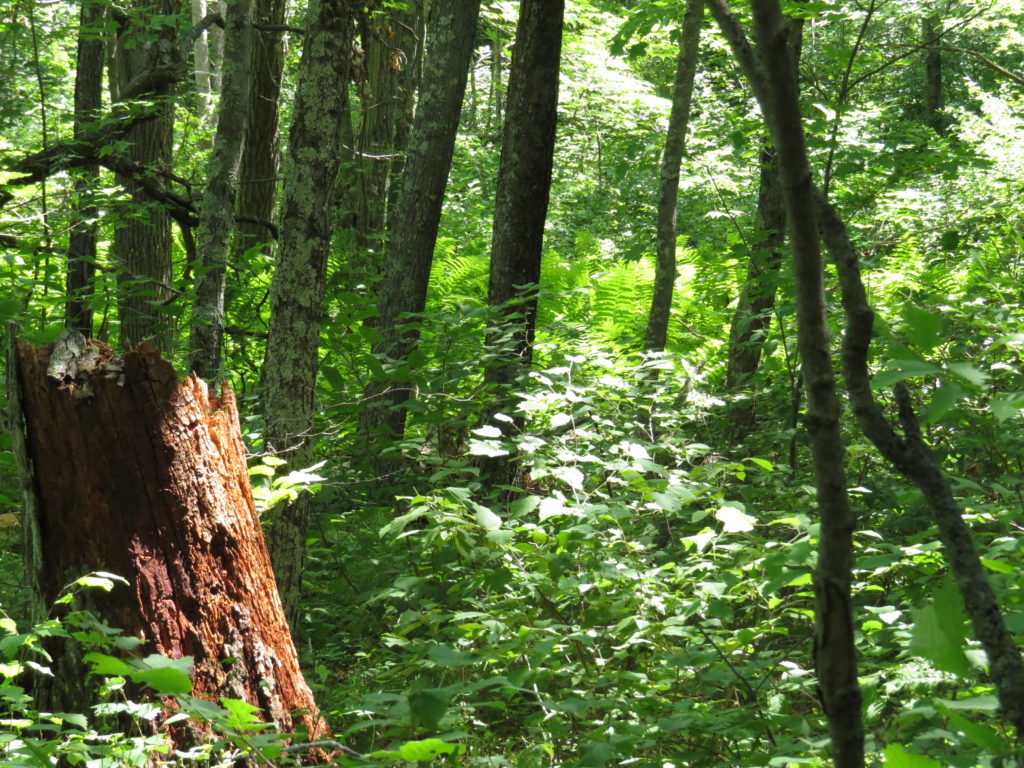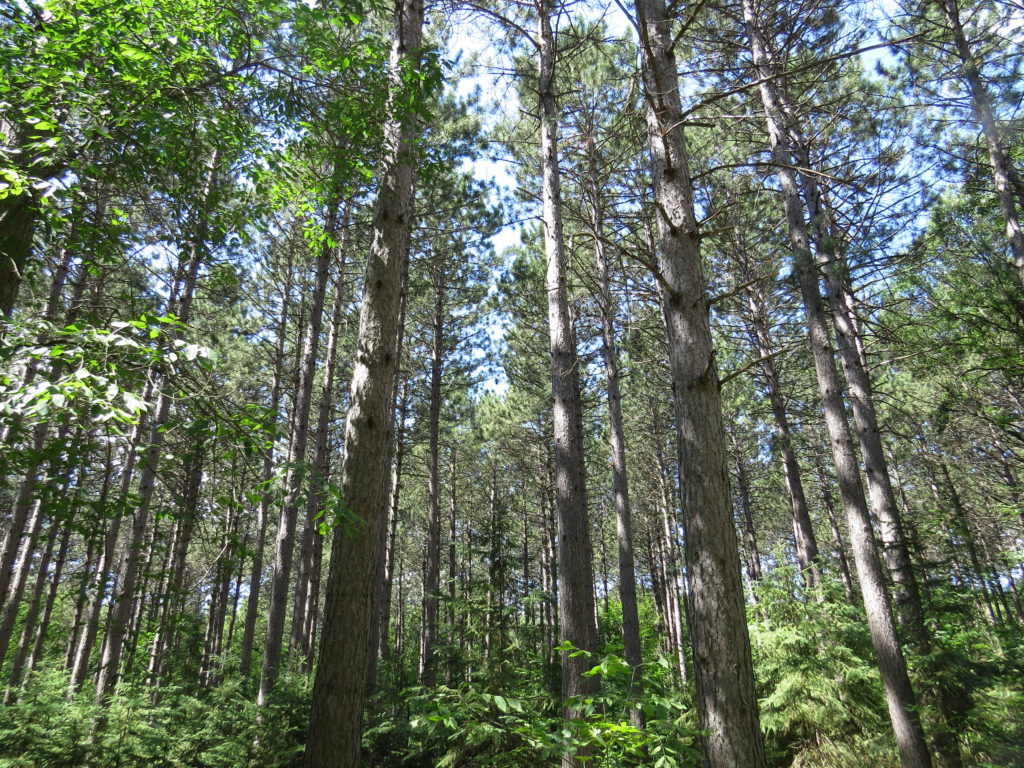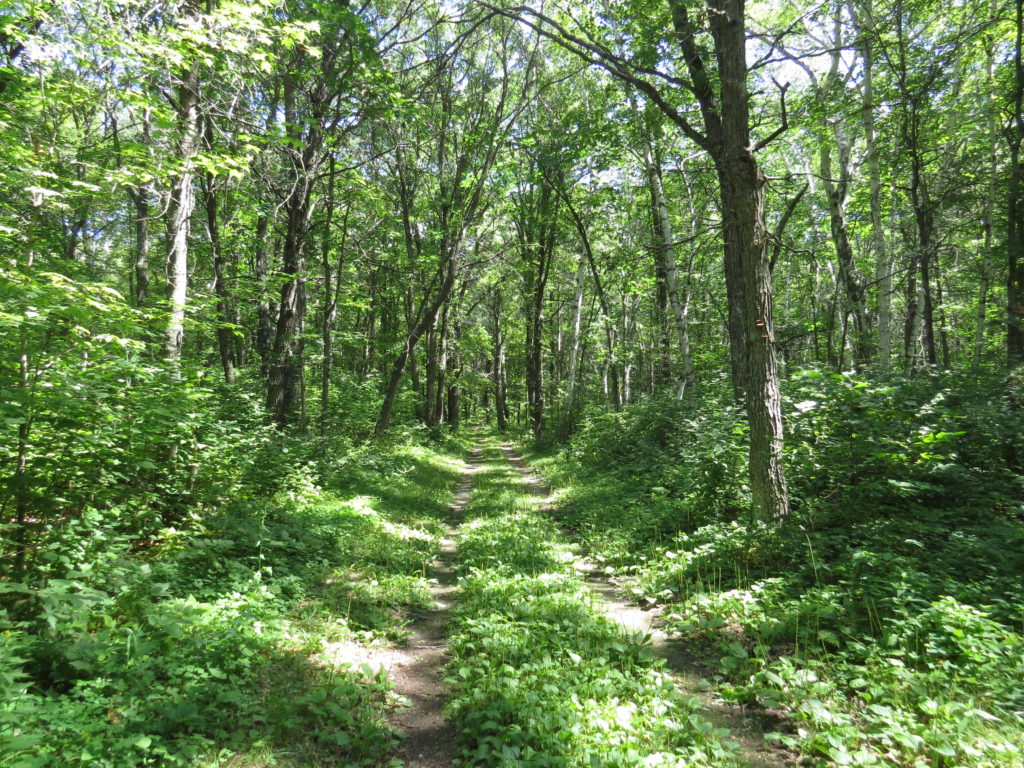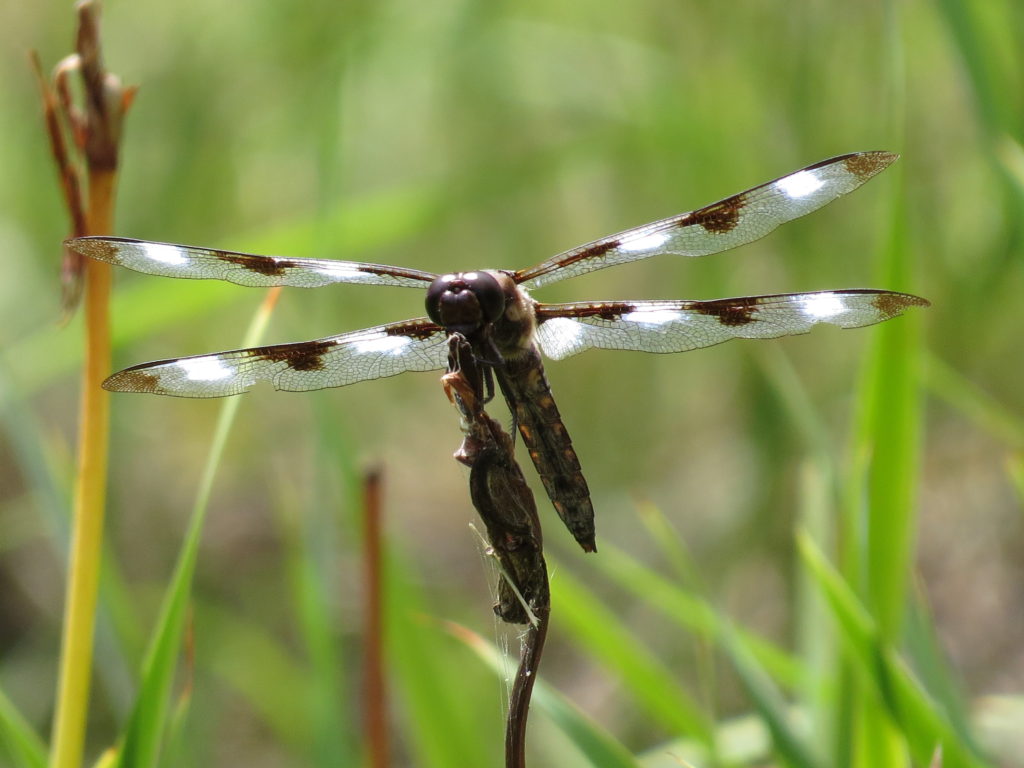“We shall draw from the heart of suffering itself the means of inspiration and survival.” –Winston Churchill
We cannot escape suffering in our lifetimes. We will all have to endure pain, distress, or hardship in some form. Many of us can get a couple decades under our belts before we know the harsh reality of suffering; others are well aware of it as children. Watching the news this week has once again made me acutely aware of suffering around the world. The earthquakes in Turkey and Syria have caused such extreme physical destruction and pain, and therefore emotional and mental suffering, for hundreds of thousands of people. Like the Russian war on Ukraine did a year ago and continues to inflict. Like the Covid-19 pandemic did in the last three years across the globe. Like the drought is in East Africa. It seems like suffering itself is becoming a pandemic.
Last Sunday was an absolutely beautiful day! The sky was that startlingly pure blue color that lifts spirits into freedom and possibility. The air was clean and clear, nourishing my lungs with each intake. The temperature was a delightful twenty-three degrees, and the sun was bright and warm. We snowshoed at Northland Arboretum in Brainerd that has 7.5 miles of immaculately groomed trails for classic and skating cross-country skiing and over two miles of trails for snowshoeing.

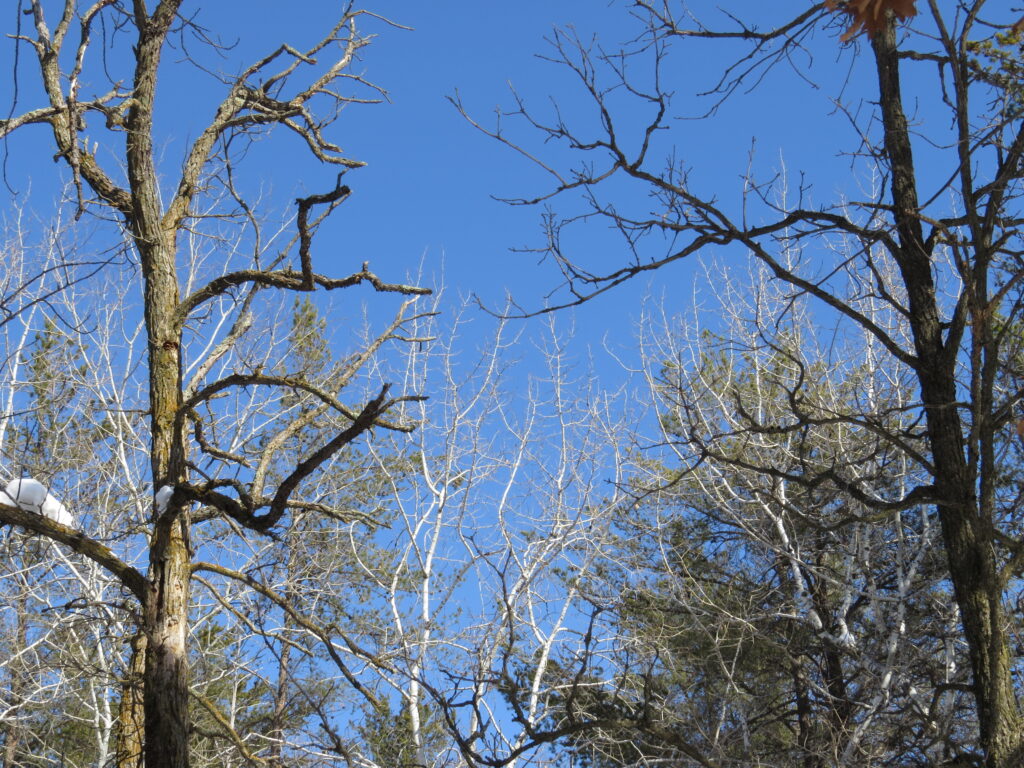
The heavy, wet snow we had had earlier in the season still blanketed large areas of brush and brambles like elaborate snow forts. The small creek was covered with slushy ice after our extreme cold spell the week before.
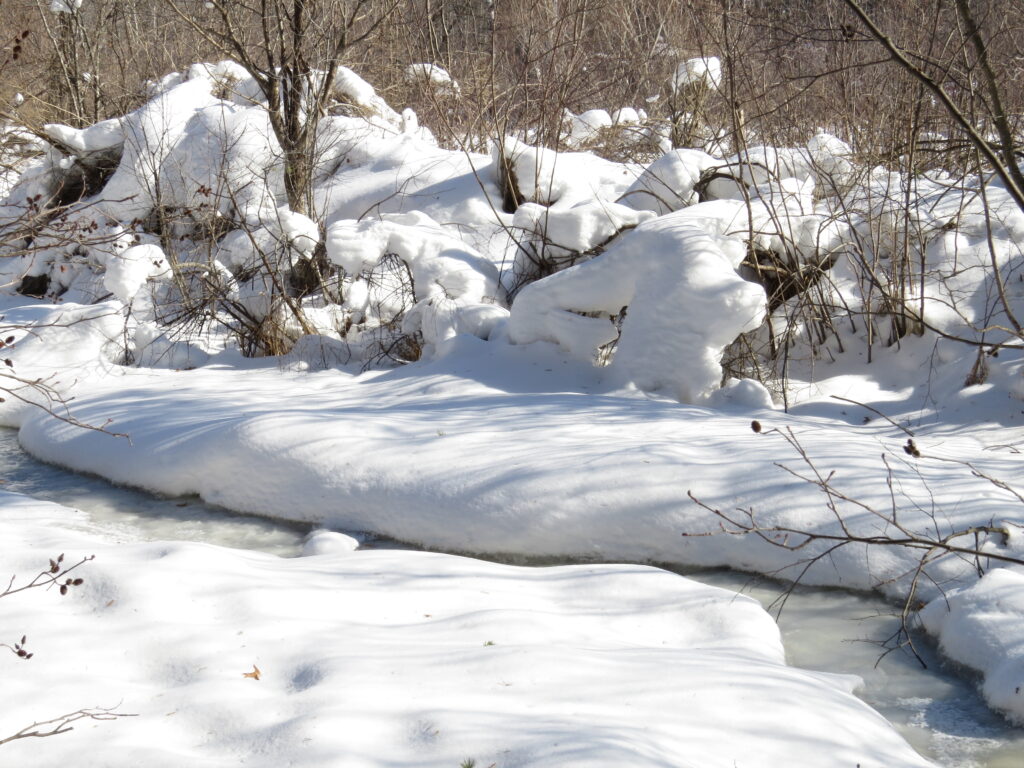
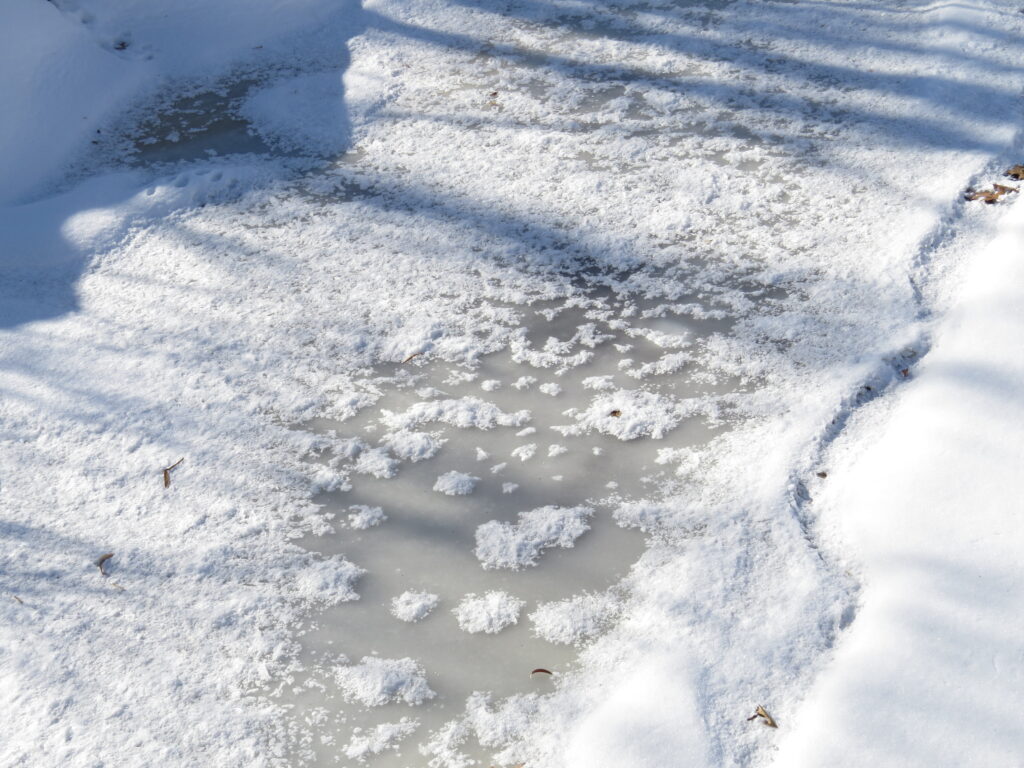
As we shoed into the area of the Jack Pine Savanna, I noticed some young Pines were completely bent over from the heavy snow that had originally fallen almost two months prior—and then added upon. The weight of the snow had bent their young trunks, not broken them.
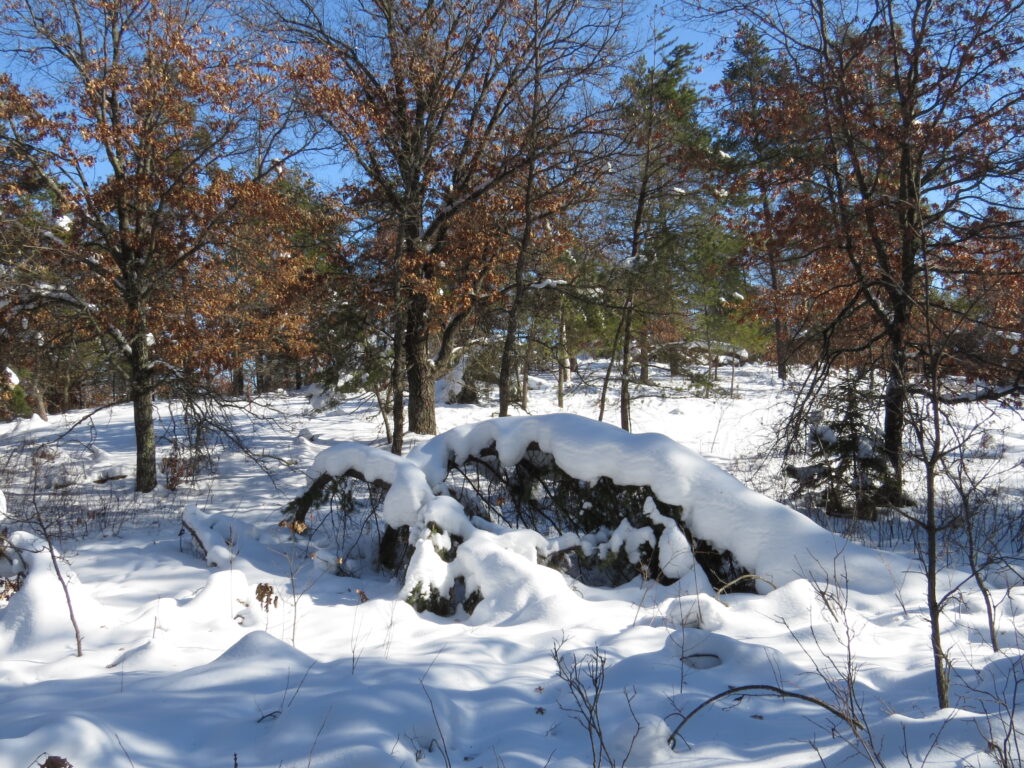
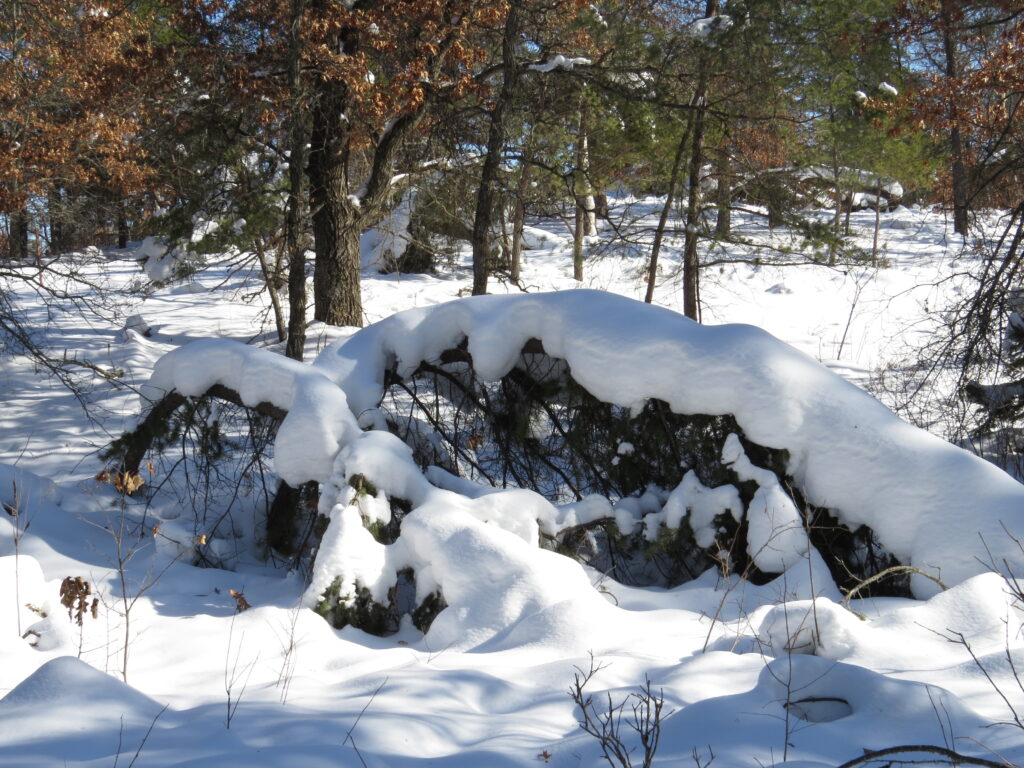
Most of the trees had ‘shaken off’ the snow that had hung on them previously, with the help of the sun and wind. Some still carried large ‘snowballs’ on their strong-enough branches.
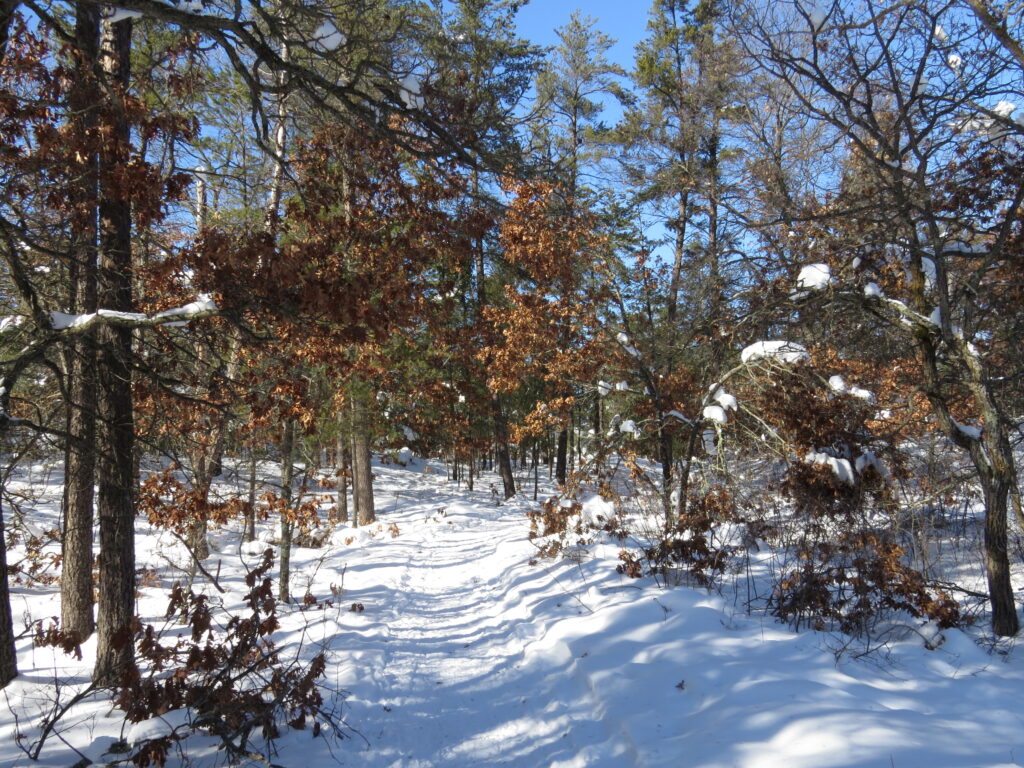
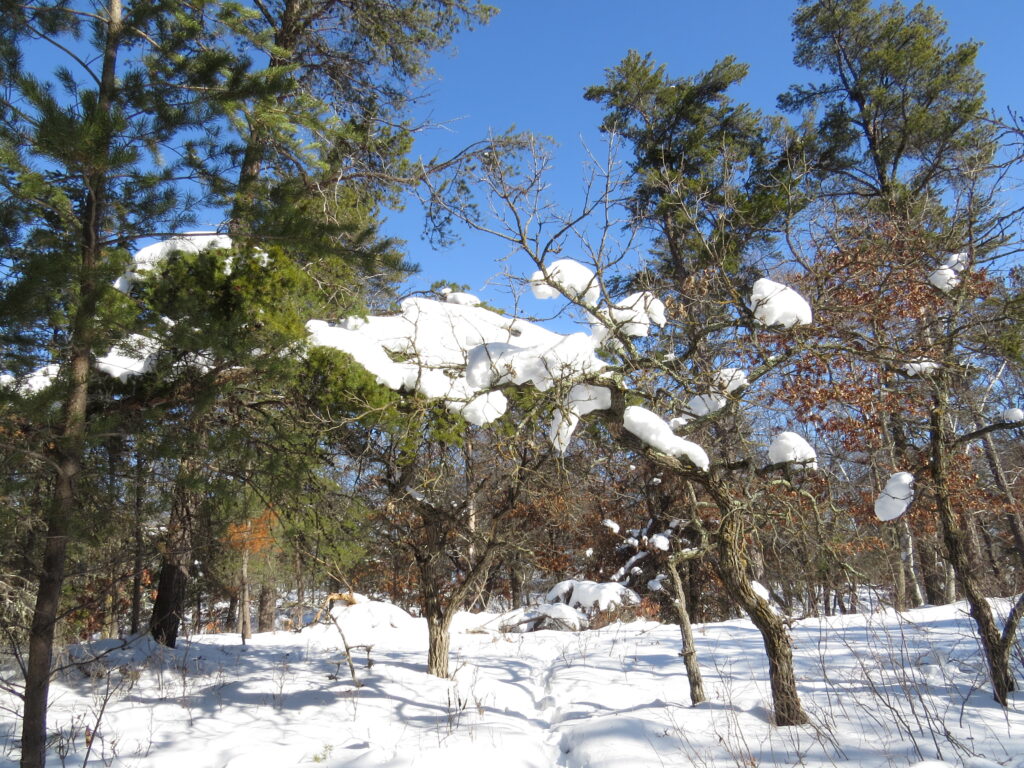
And yet, size, age, and identity were not the determining factors of who was damaged compared to who ‘shook it off’ and stood strong. Some of the old ones broke. Some of the Oak trees bent.
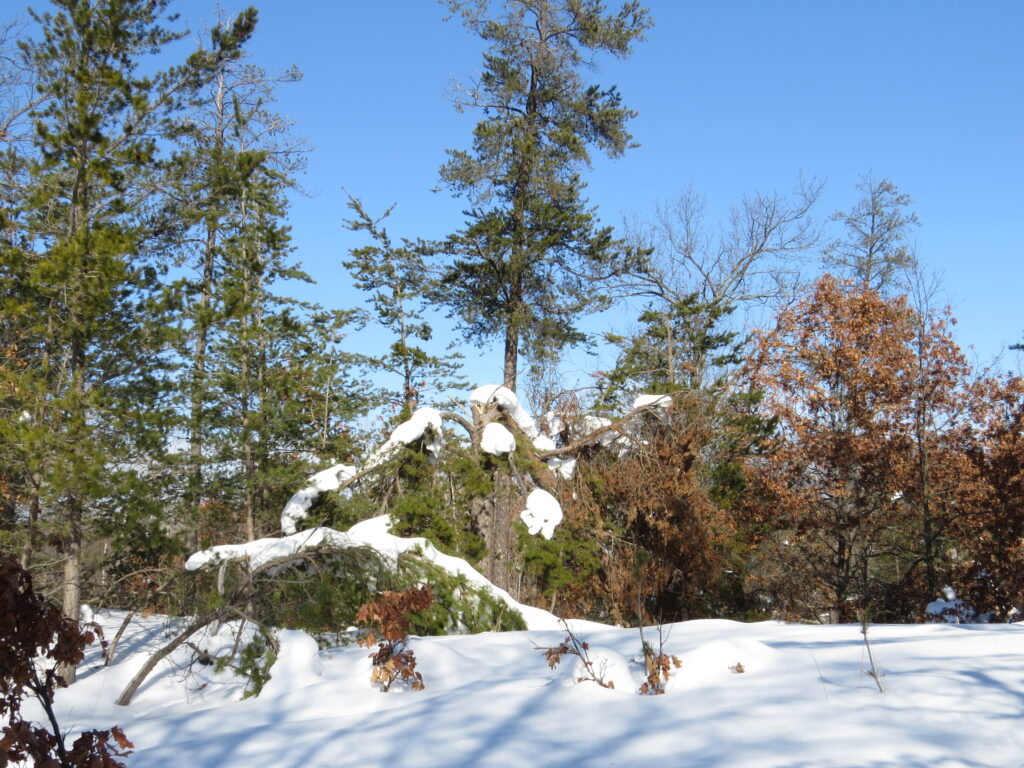
Not only were most of the bent trees heavy with snow, they were also stuck in the snow where they touched the ground. And once the snow had crushed them down in the unnatural bend, the accumulating snow just added more weight, more distress, more strain, and less chance of a return to ‘normal.’ I wondered how many would be able to ‘spring back’ to where they were before.
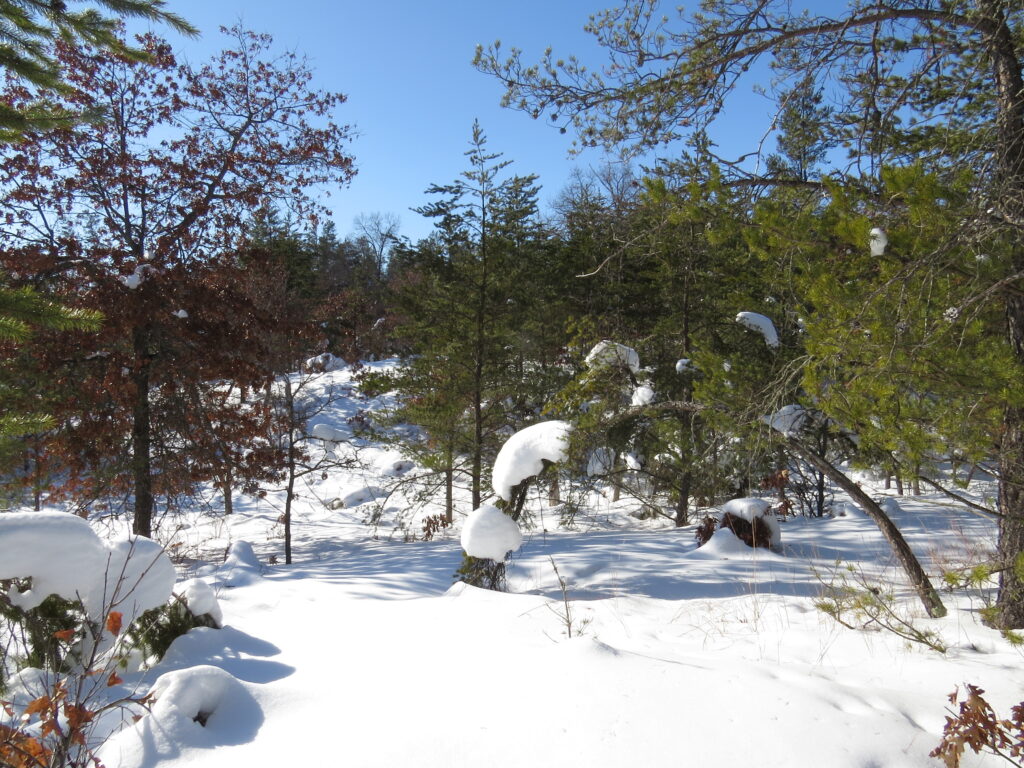
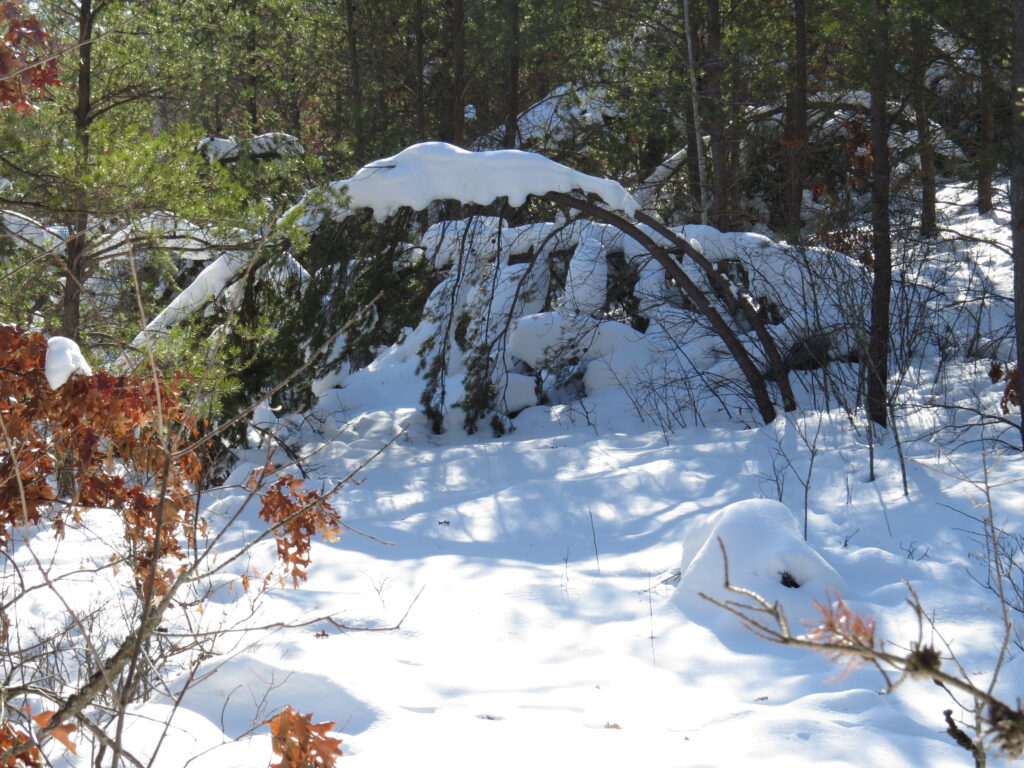
The day was beautiful, the snowshoeing was great, and all along the trail, there were trees in distress—so many of them.
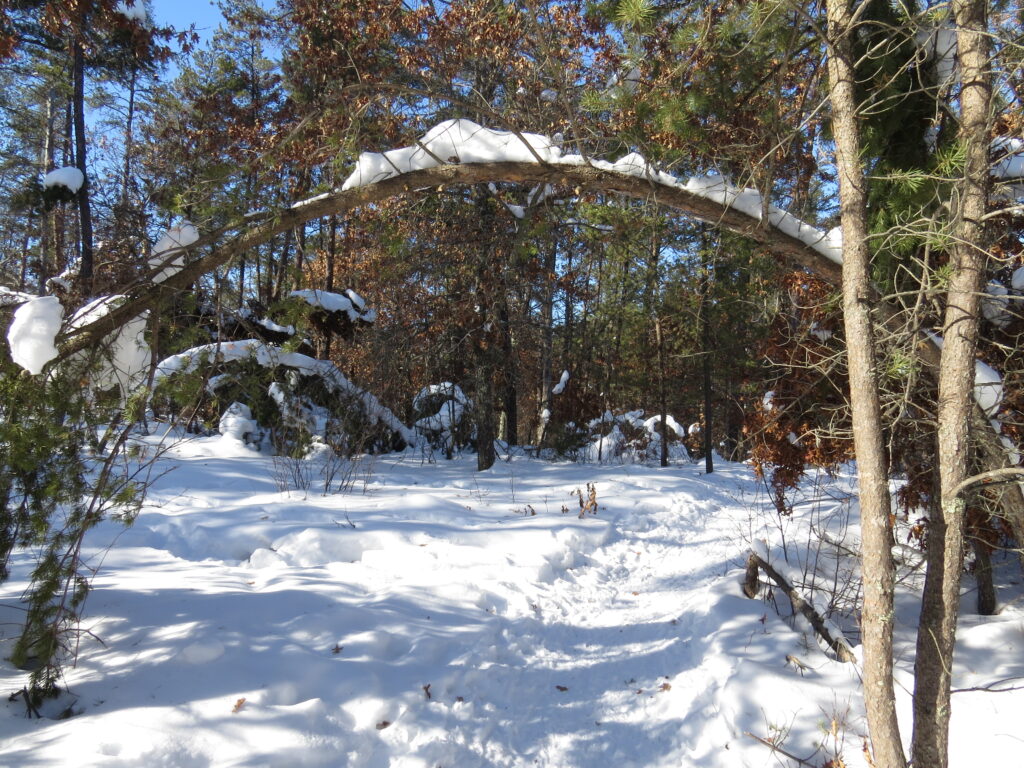
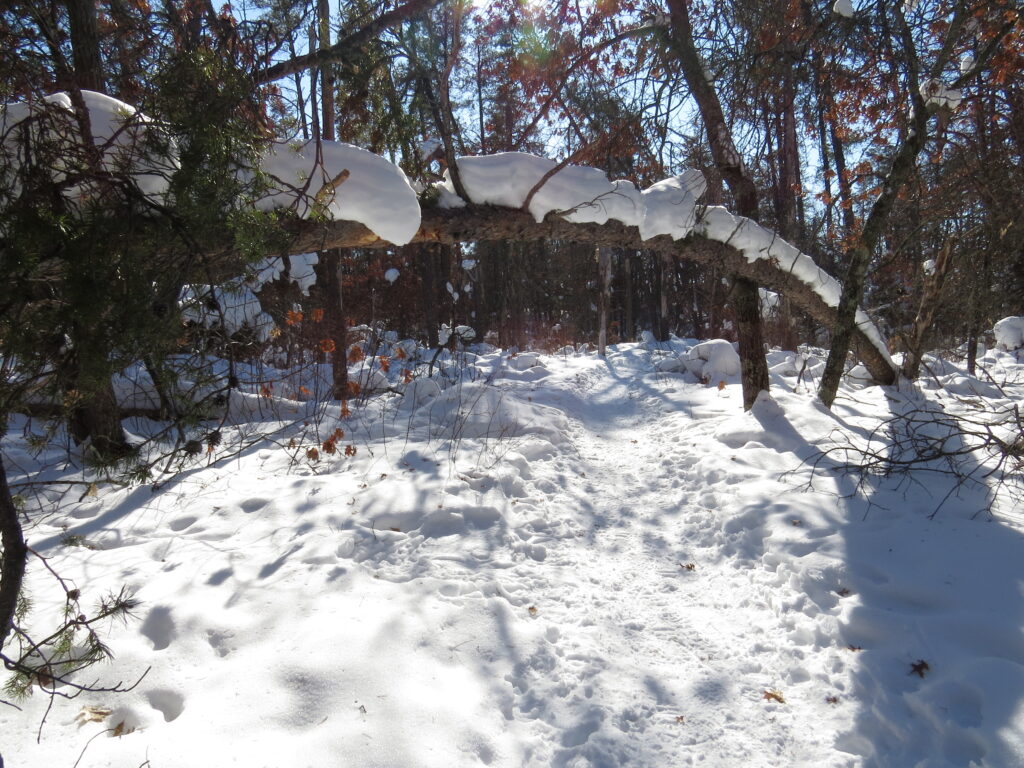
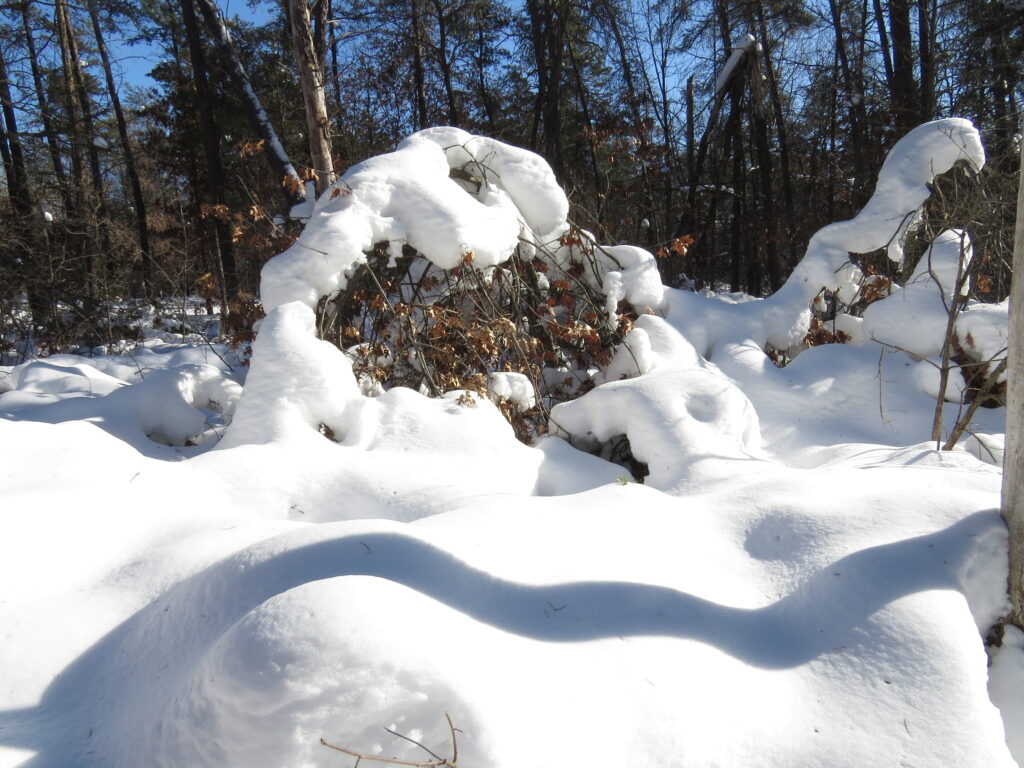
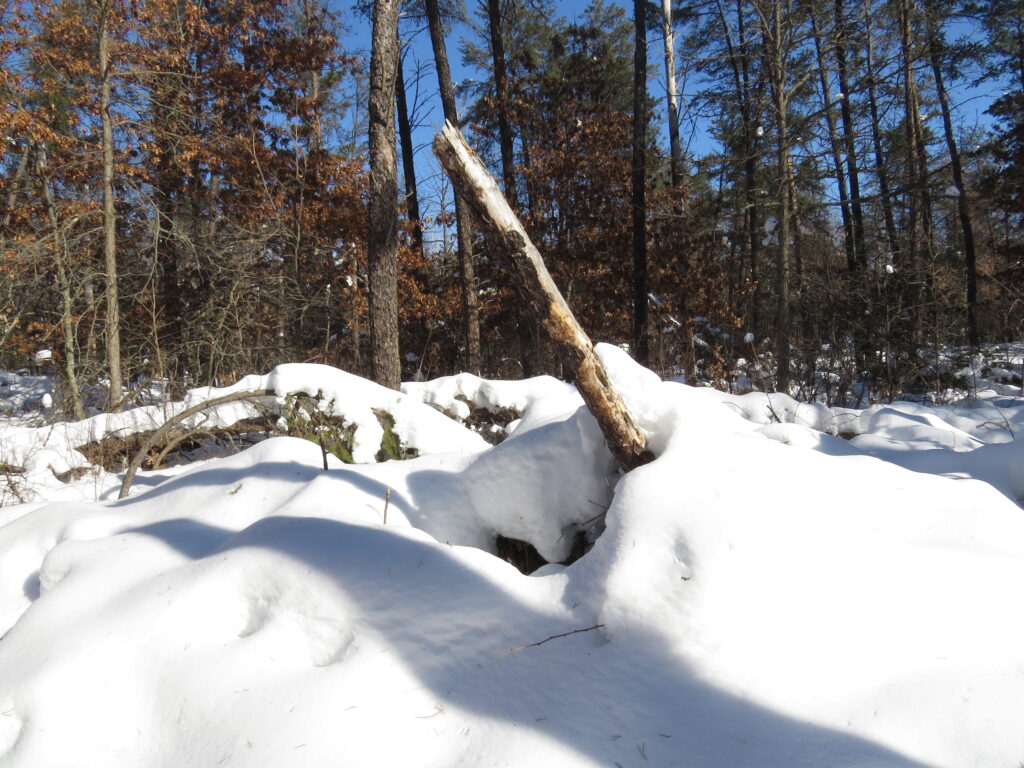
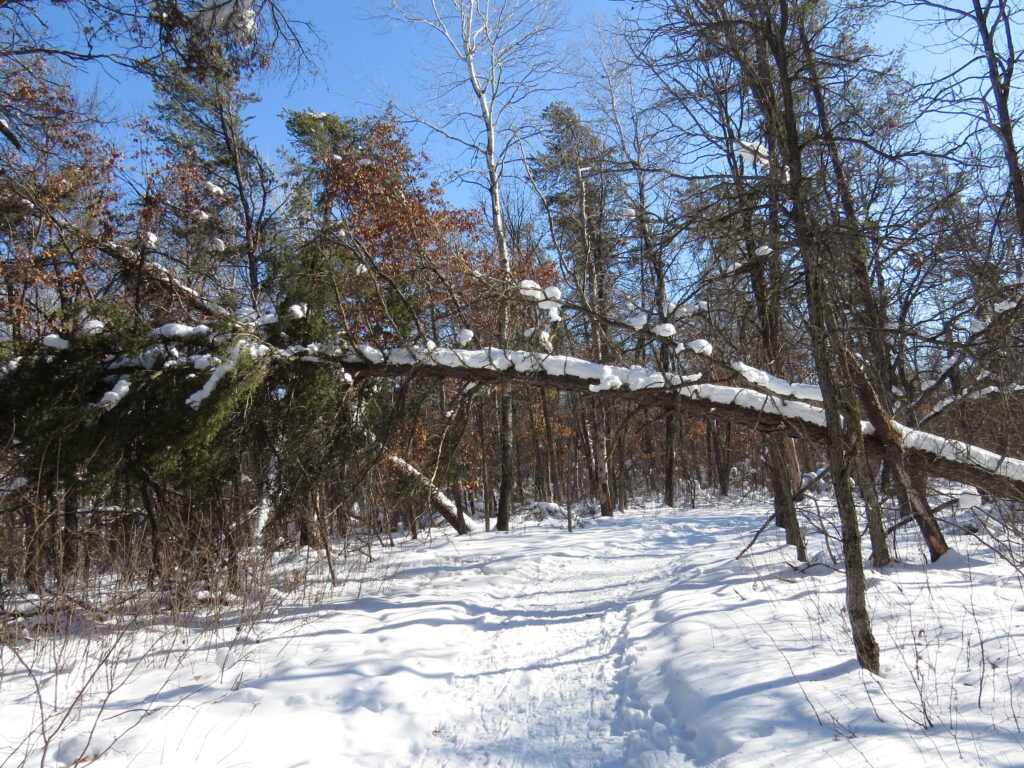
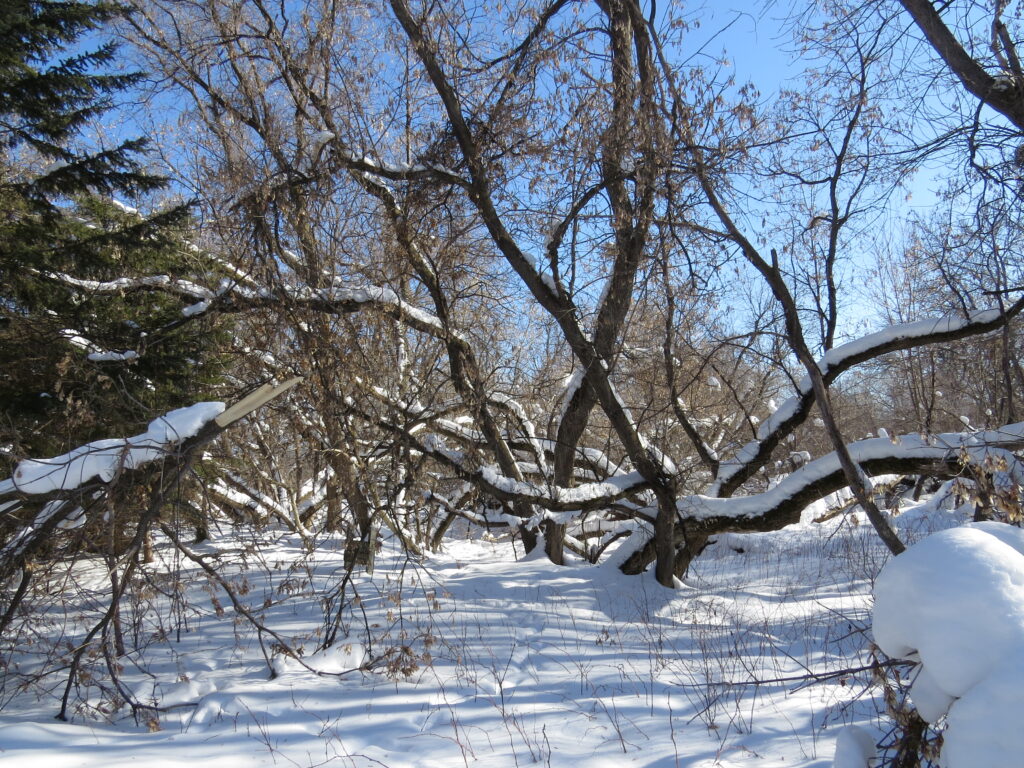
In the moment, I observed the large number of trees that were bent and stuck in the snow and made a mental note to return next summer to see if and how they were able to recover. But it wasn’t until a little later that I realized that I was like the struggling trees. When I had Lyme disease in the 90’s, I felt bent in pain and stuck in uncertainty, as doctors were still doubtful that Lyme existed in Missouri so weren’t fluent in helping me. Much suffering. When I subsequently endured depression, I weathered much distress while stuck in sorrow. Recurring Lyme, deaths, losses, people not believing me, believing in me, or helping me all added to my burden, piled on the snow that was already holding me down. And those were not even the worst of my anguished distresses. Those are still too painful to mention. I was frozen in place, looking out at the world around me from my unnatural position, wondering why I was one of those pinned down while all around me stood beings who seemed unaffected by the storms. Like the trees, was it my position or status, was it my environment, did I have a genetic proclivity, was it a previous disease or wound that allowed such suffering or was I just weak? “Bad is never good until worse happens” is a Danish proverb that infused my family culture with our phrase ‘it could be worse.’ Endure, don’t complain, don’t ask for help, suffer, bear the pain and hardship. So I did and continue to do so, but truth be told, I’m not even good enough at that, or I wouldn’t be writing this.
If we are to draw from the heart of suffering, as Churchill says, in order to find and express inspiration and survival, somehow I think I have done that. Nature has been my inspiration for all my life, and it gives me great joy to share that beauty and wisdom with all of you. Antoine de Saint-Exupery wrote, “…every struggle is a dance….” The dance includes comfort along with the distress, pleasure along with the pain, peace along with the anguish, delight along with the misery. If I cannot ‘shake off’ the suffering, at least I can reach out and cultivate those qualities that oppose it. So I look up to that pure blue sky to lift my spirit into freedom and possibility. May those of you in suffering do the same.
